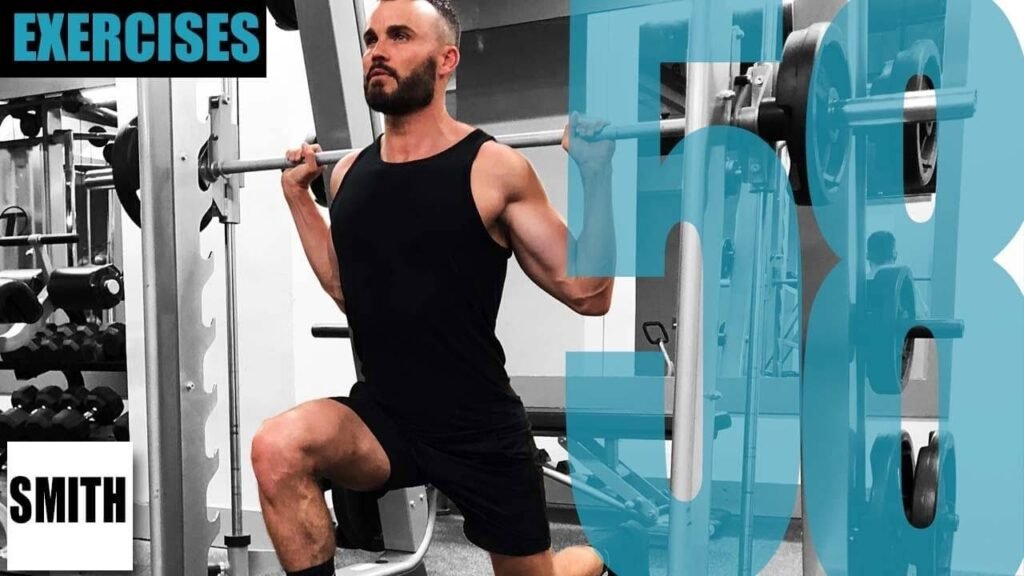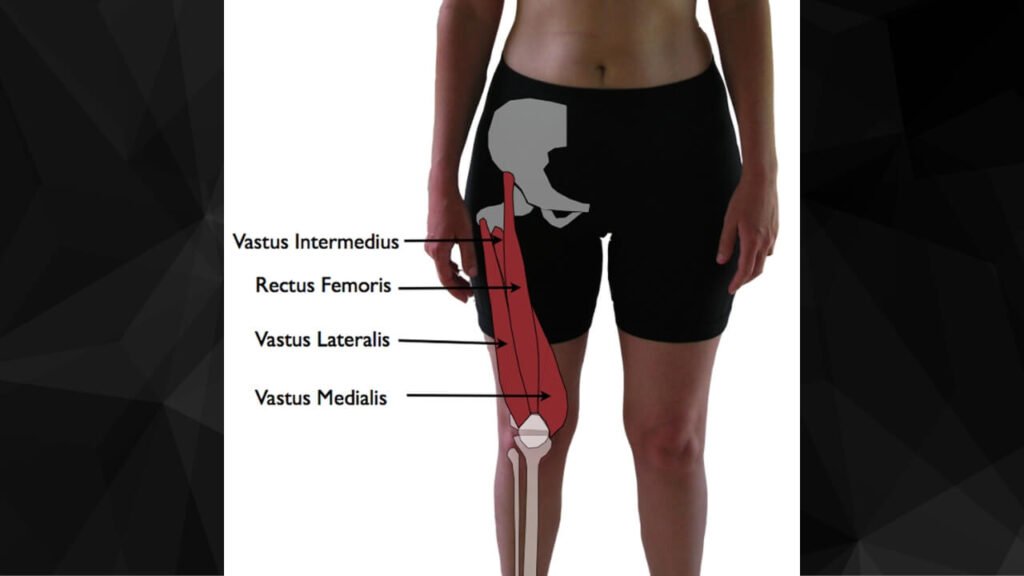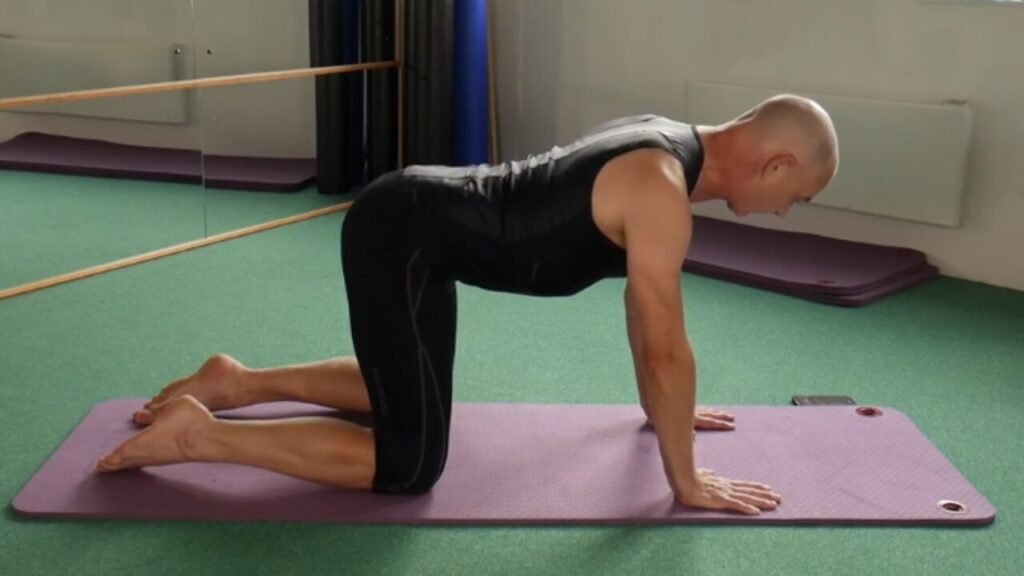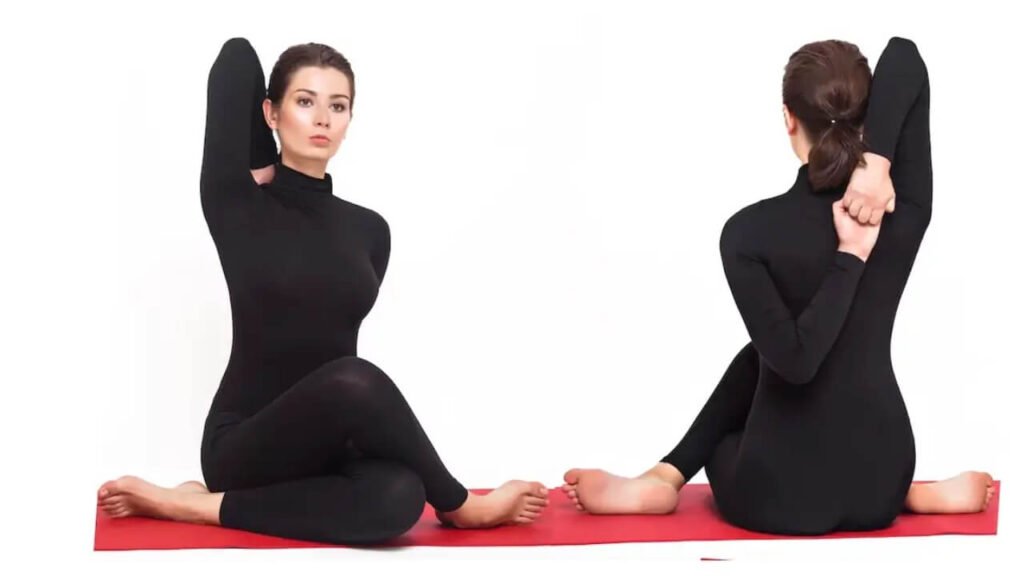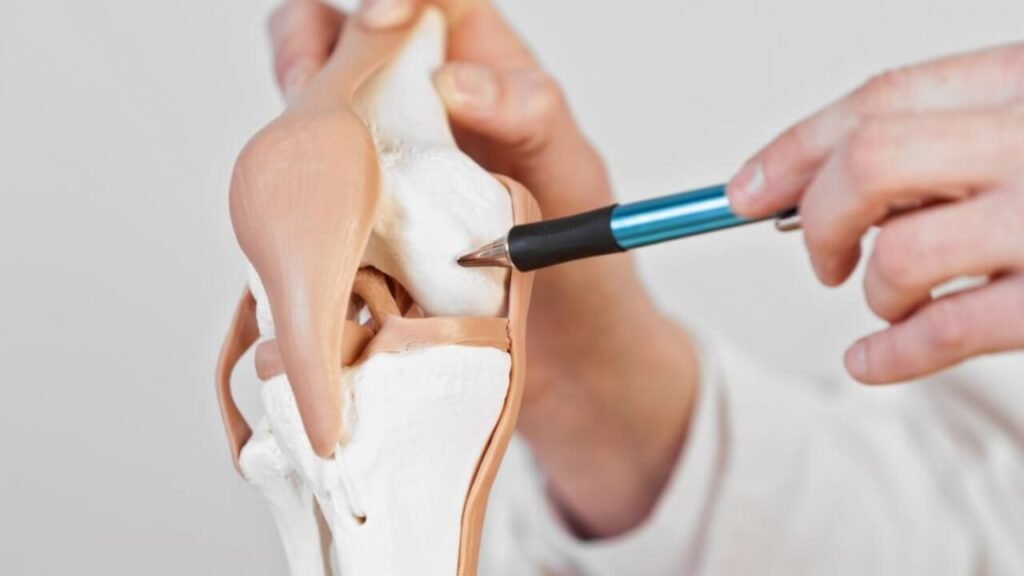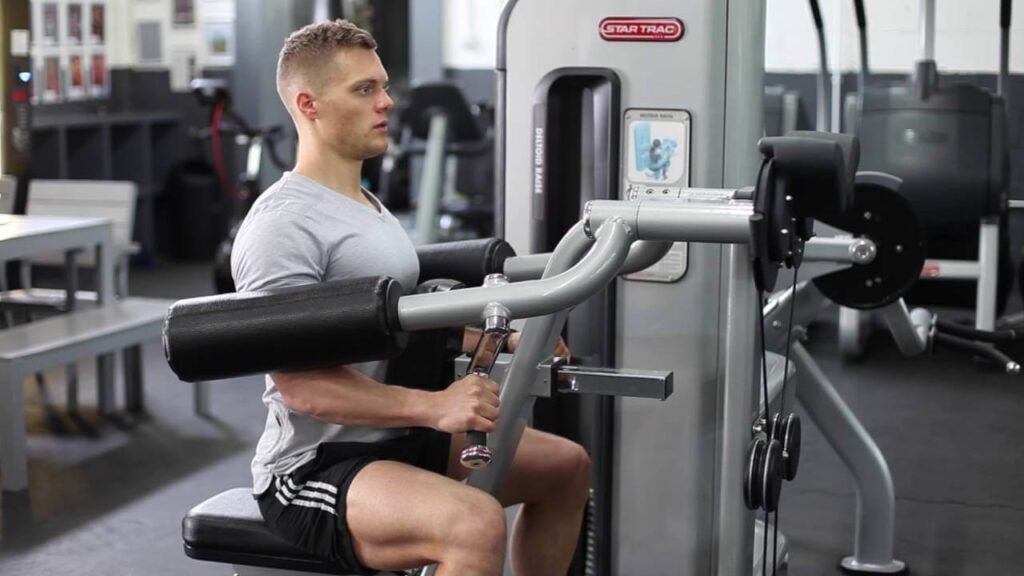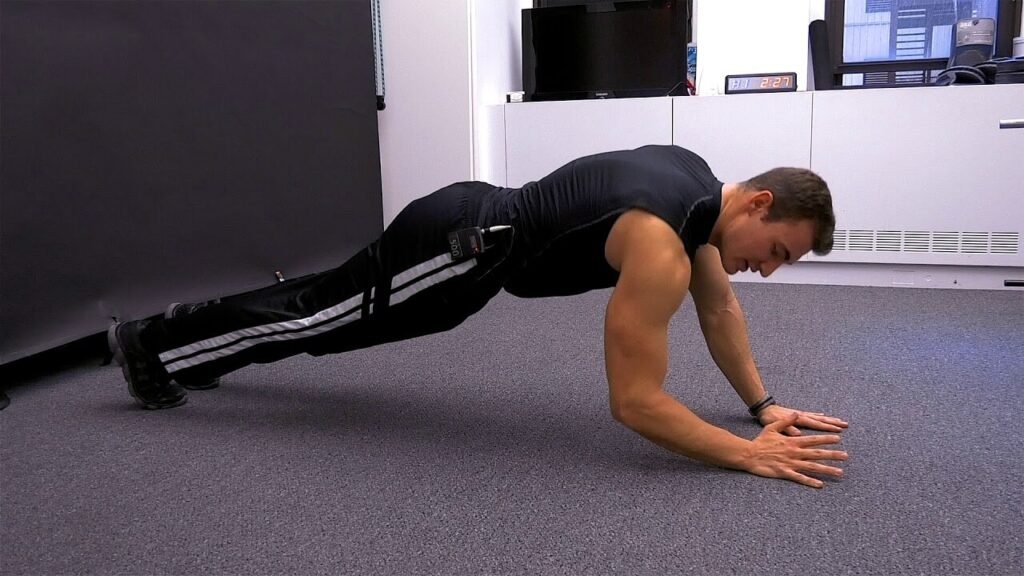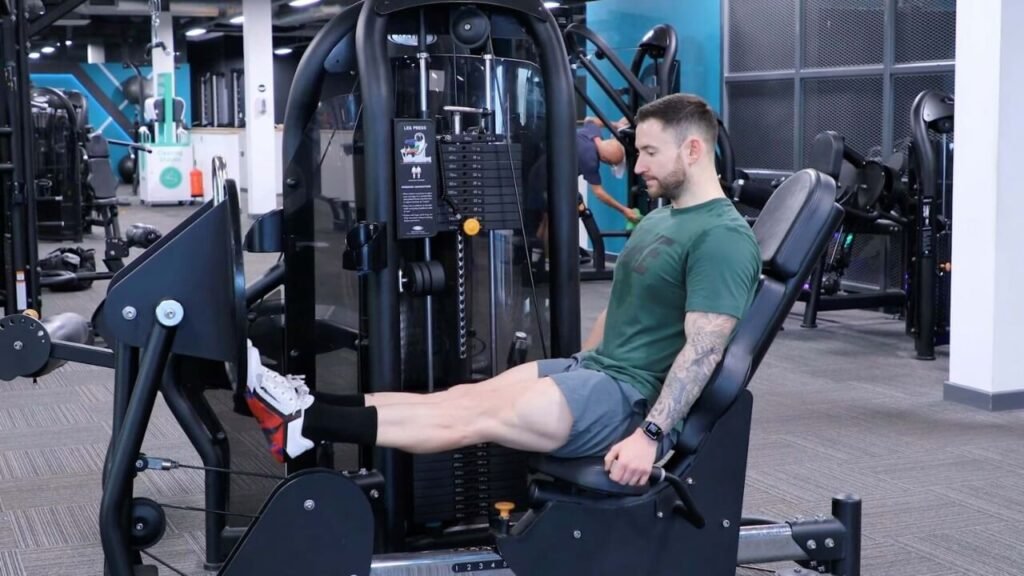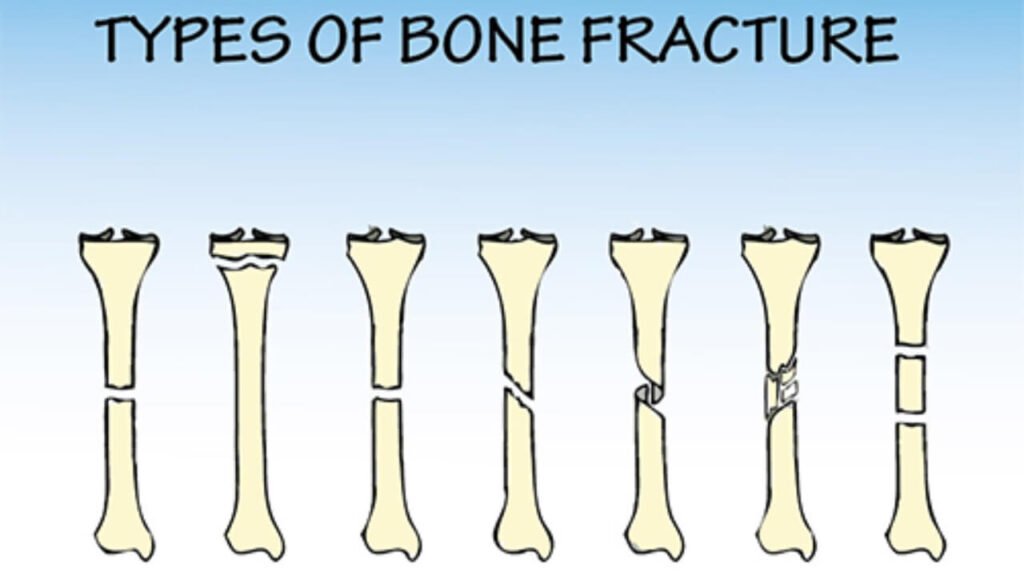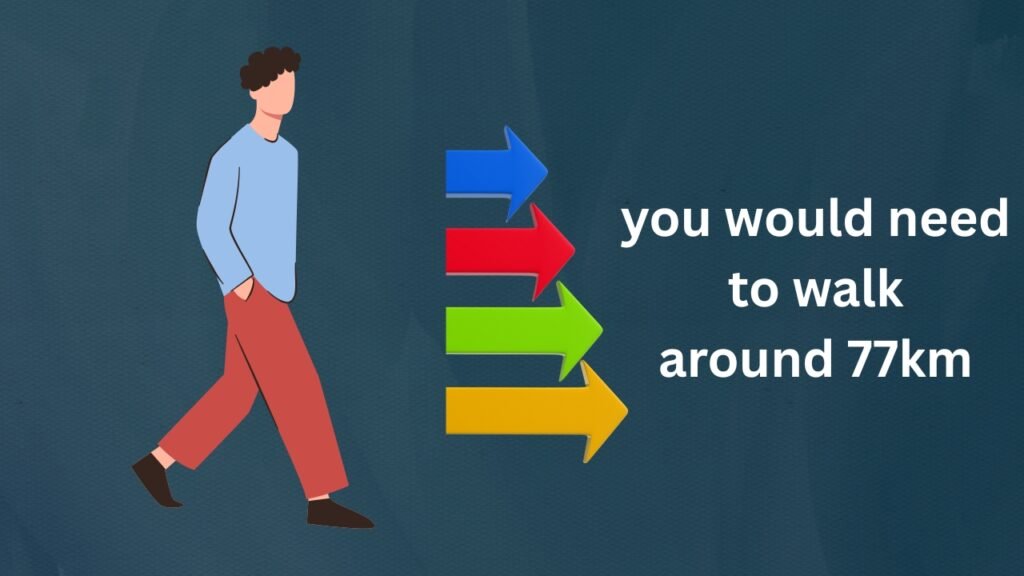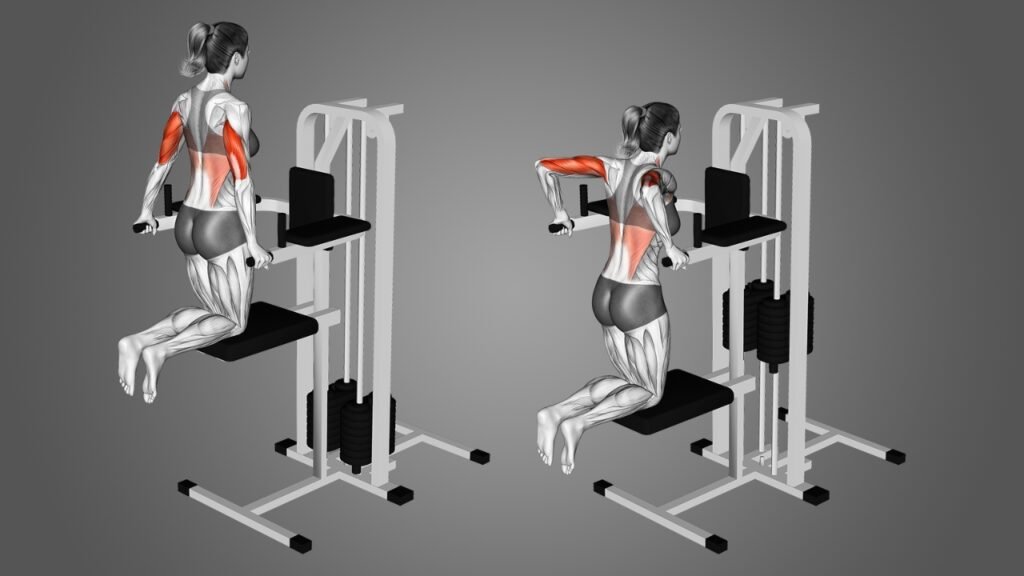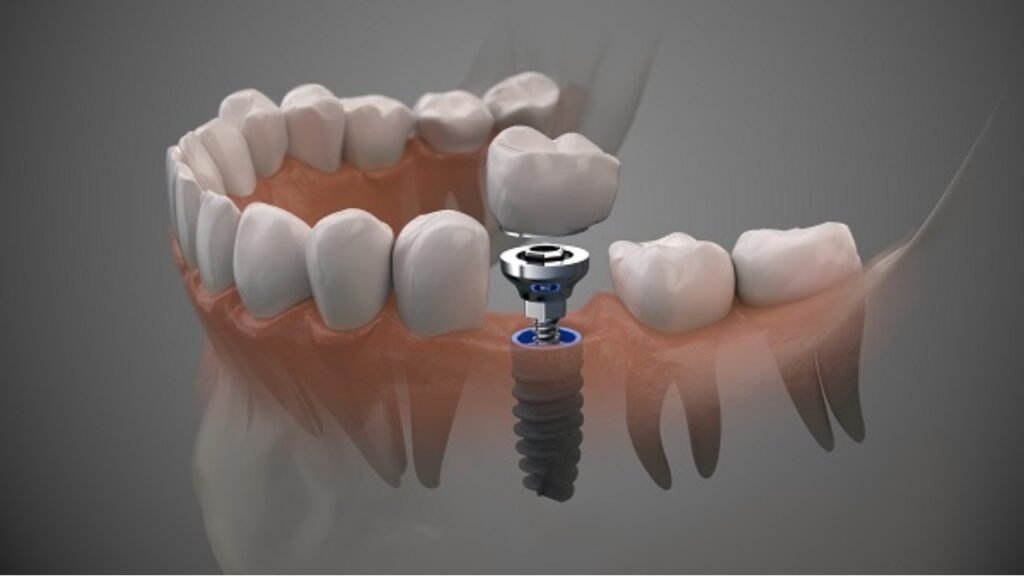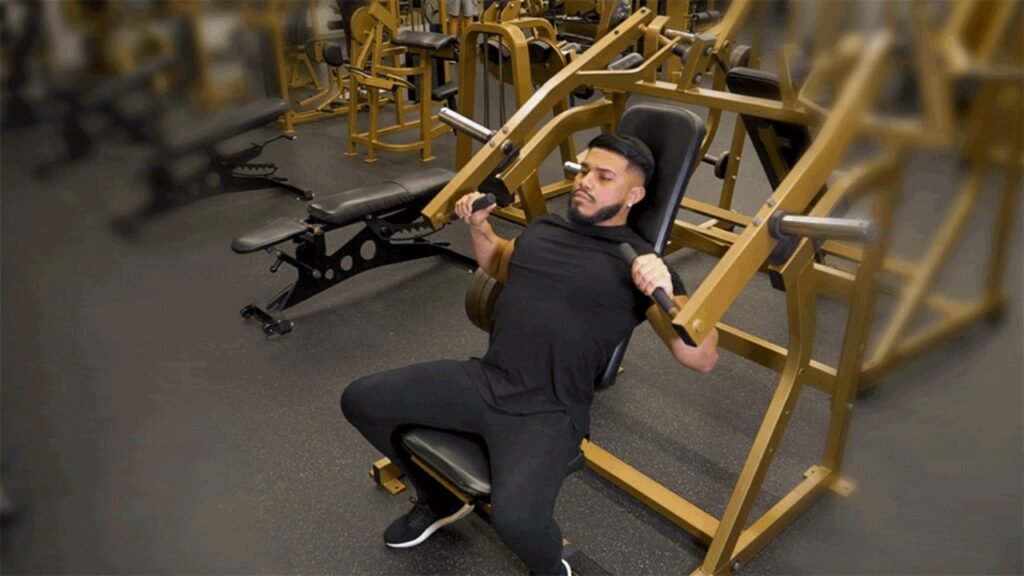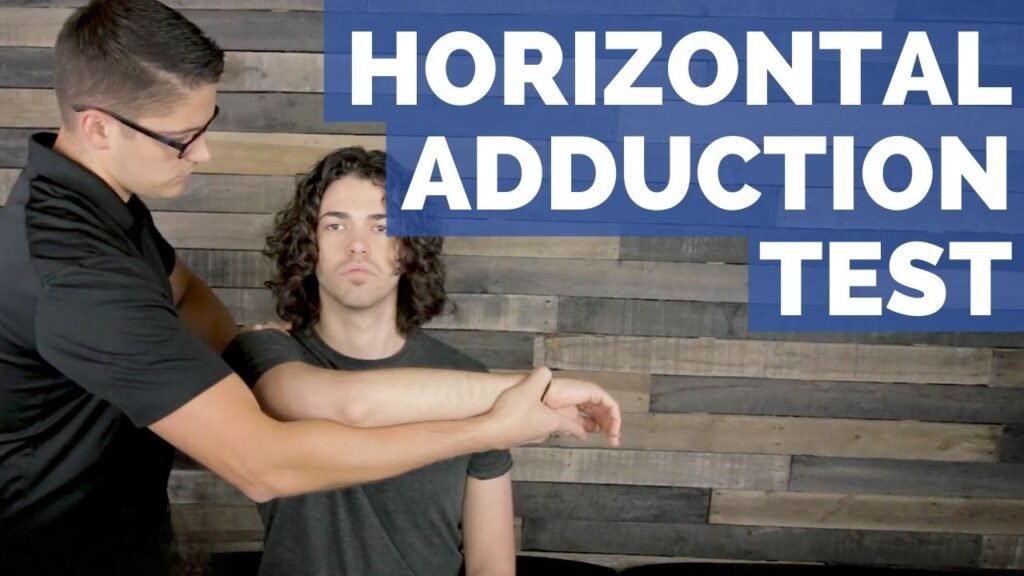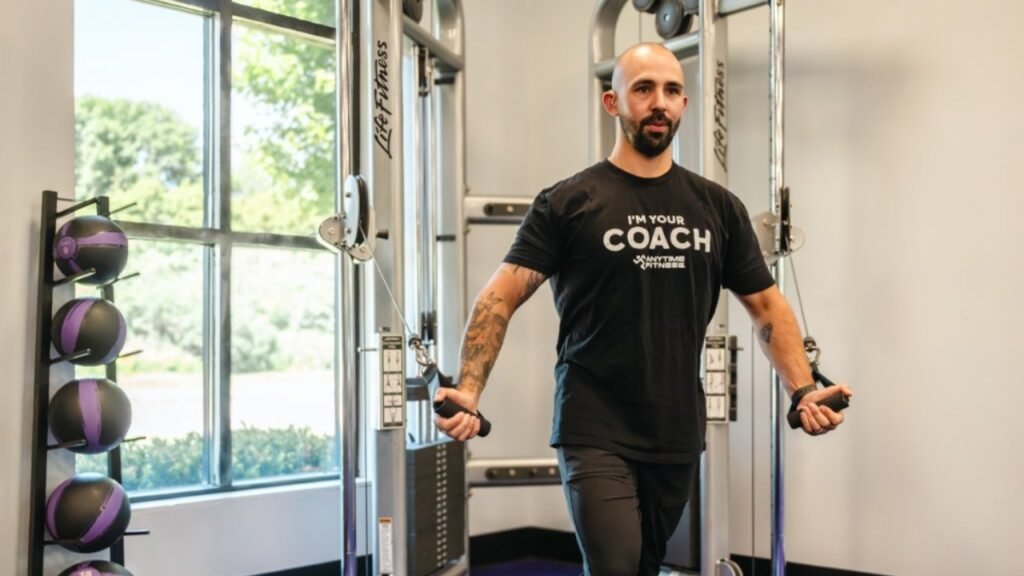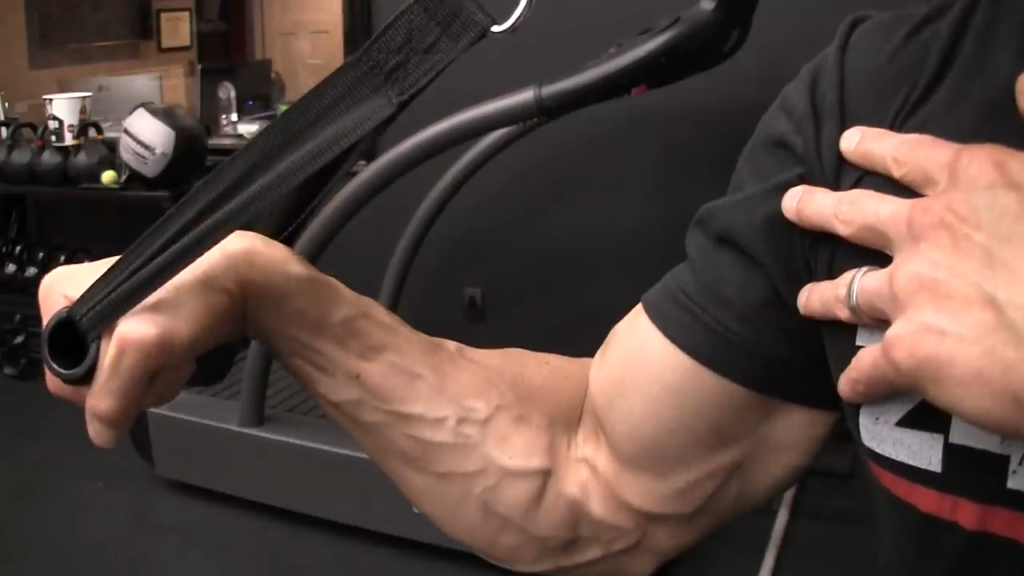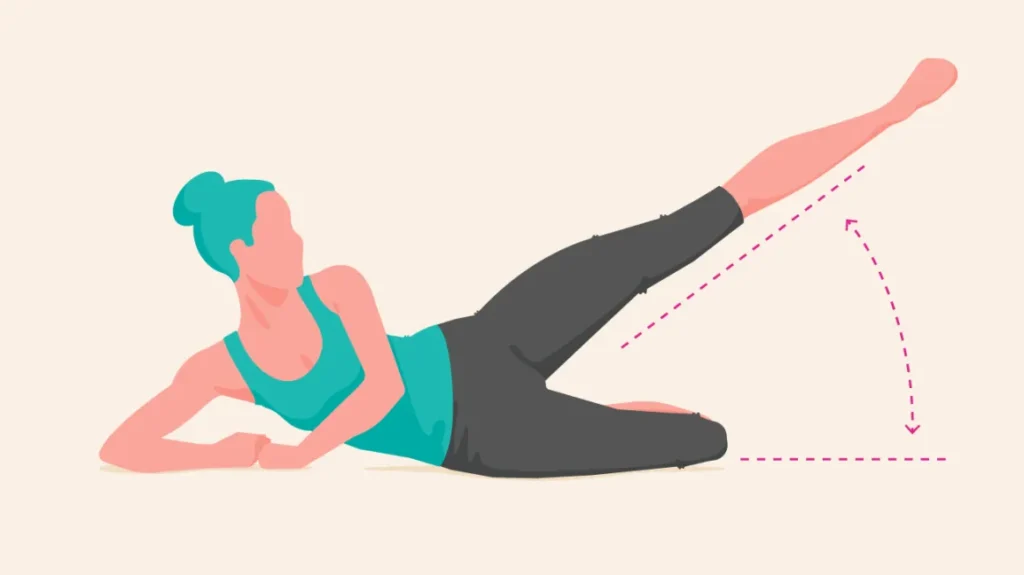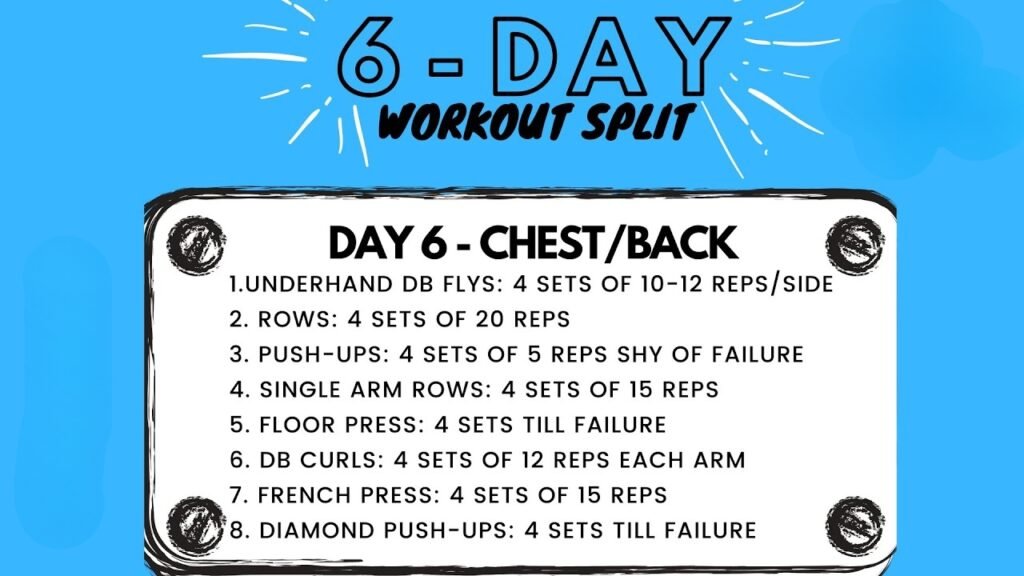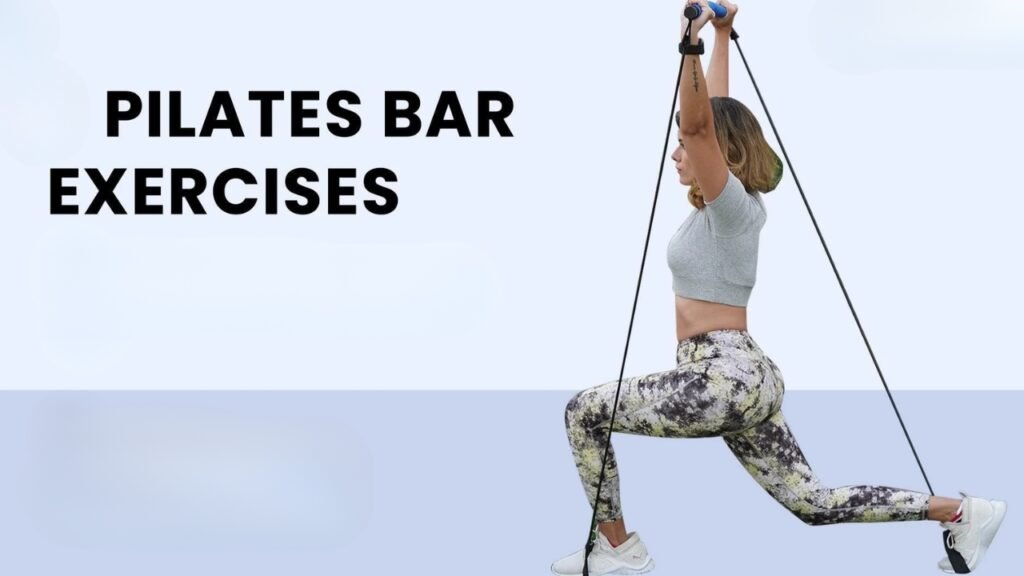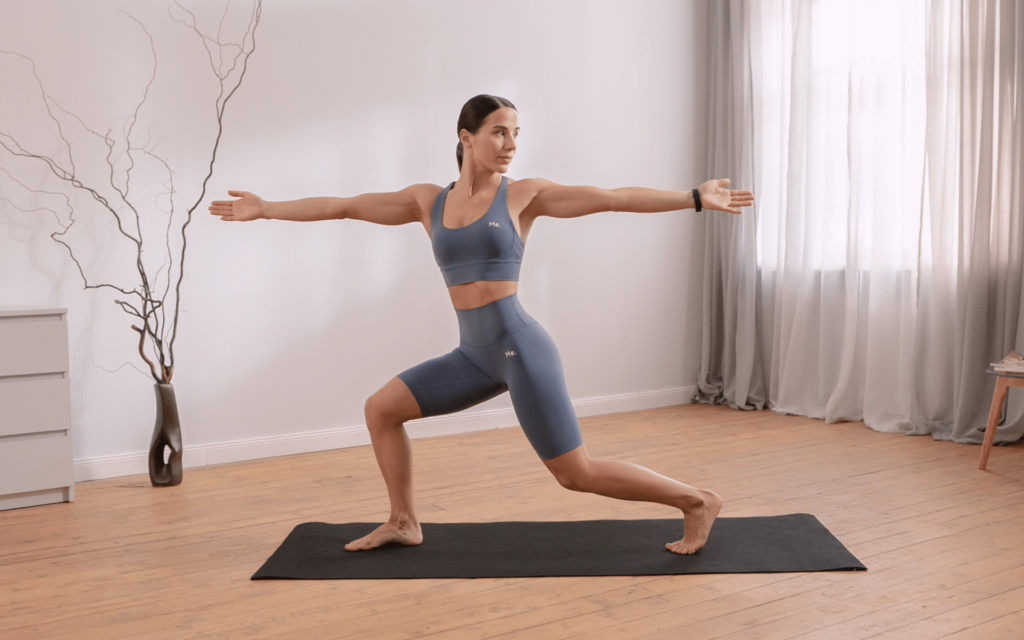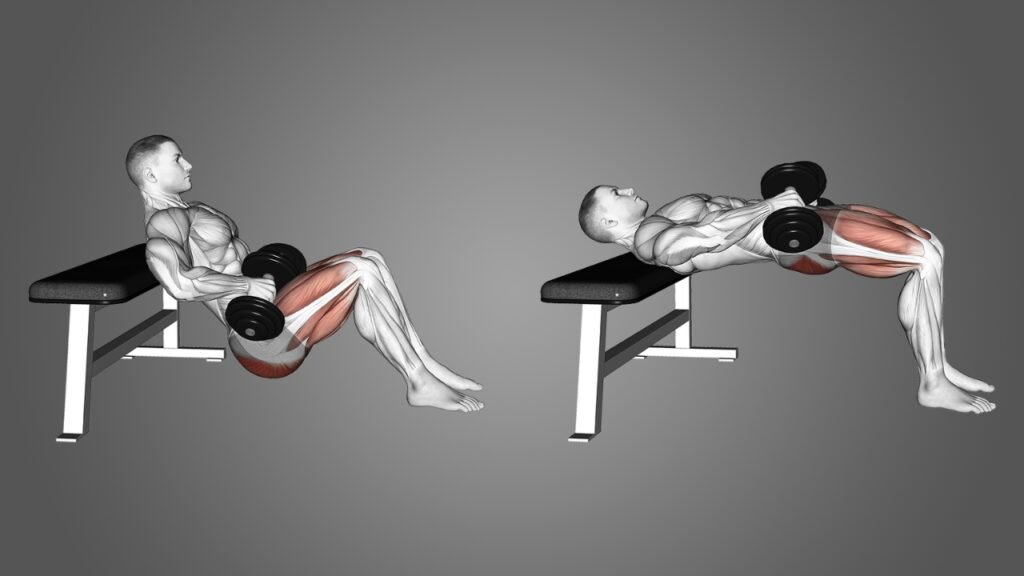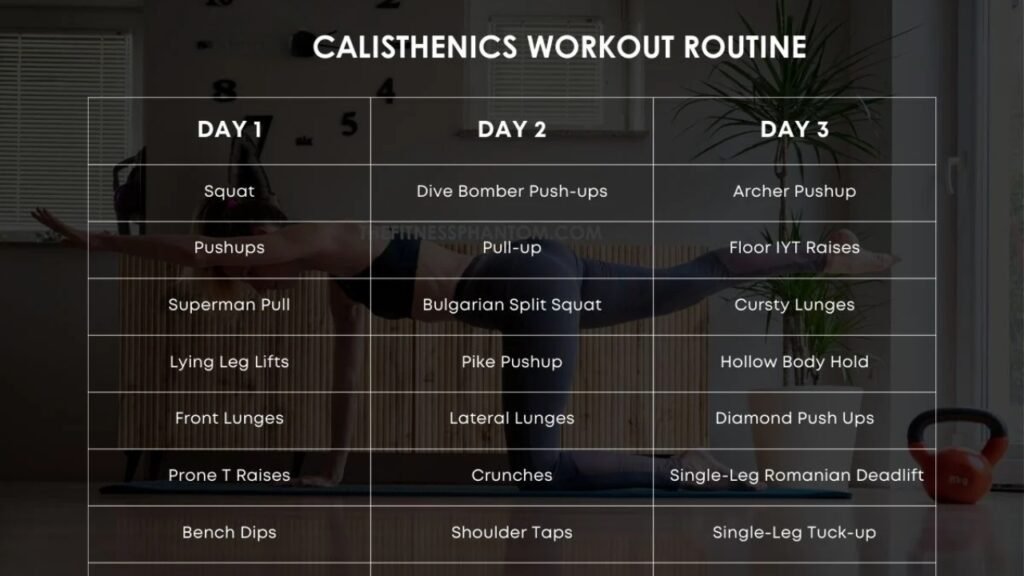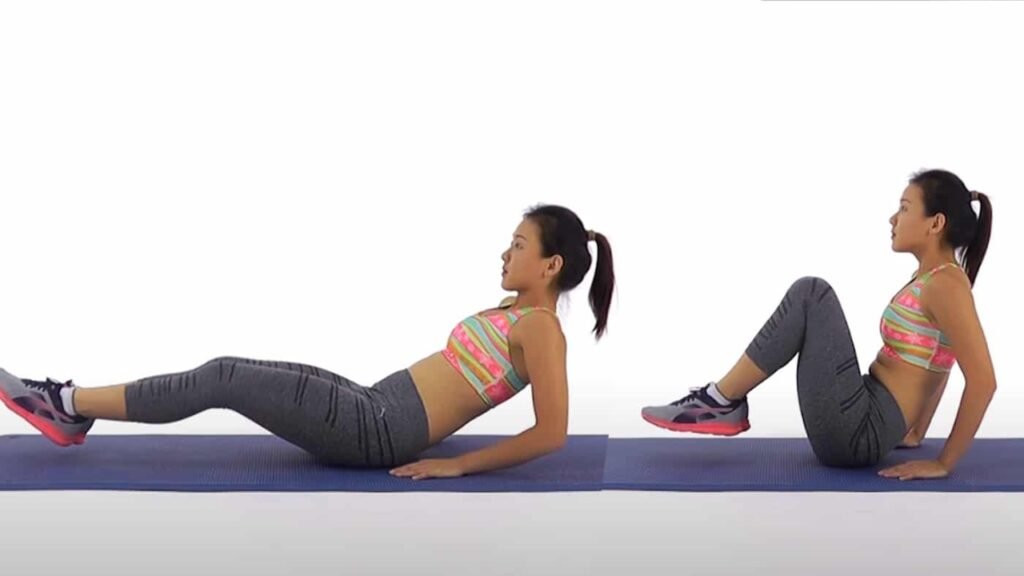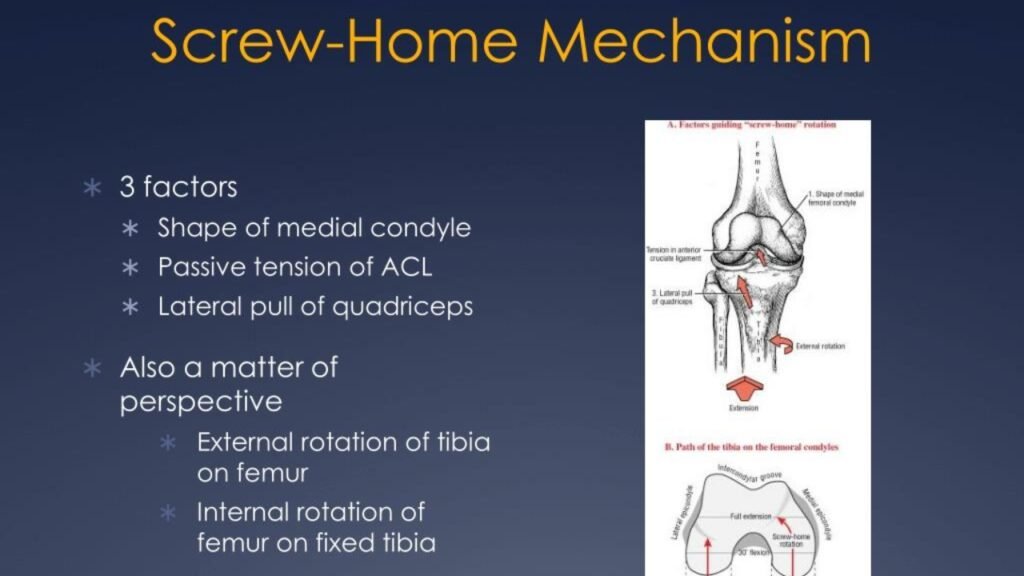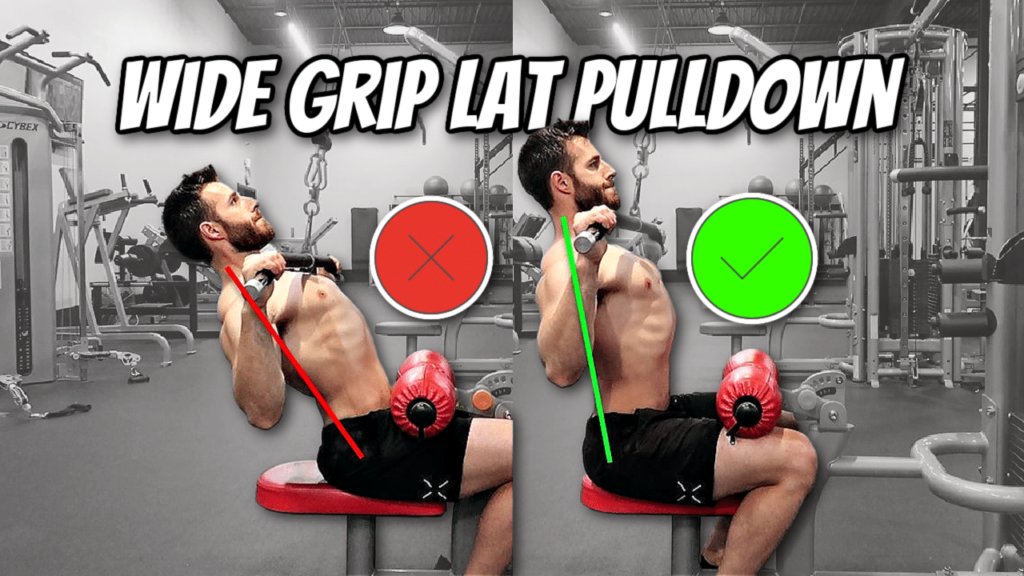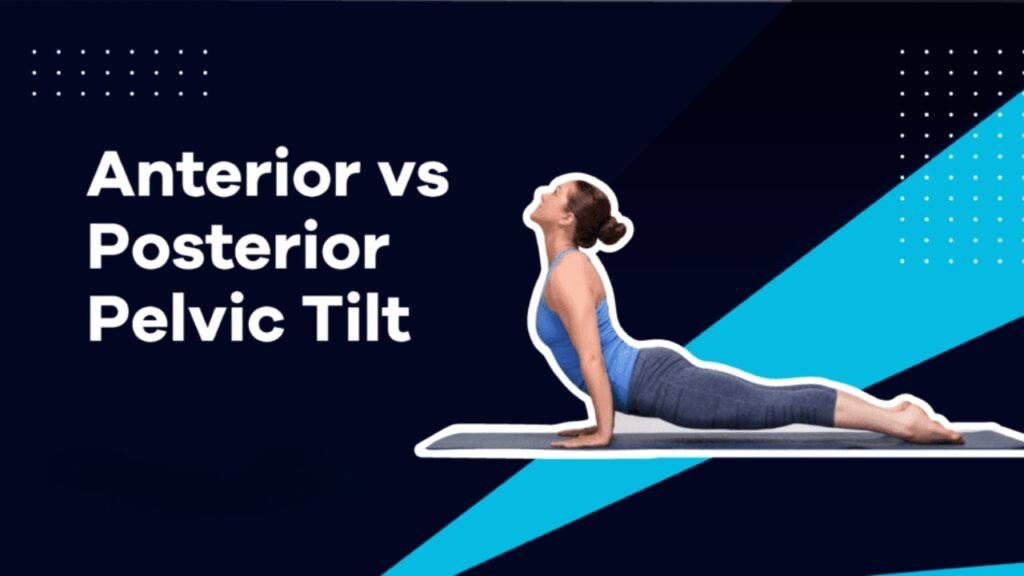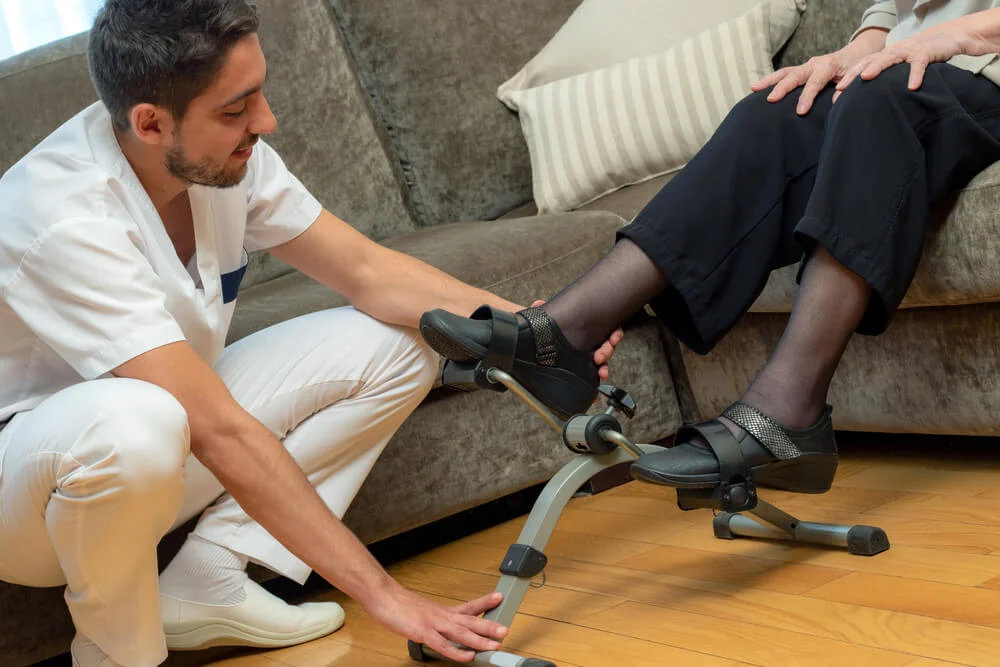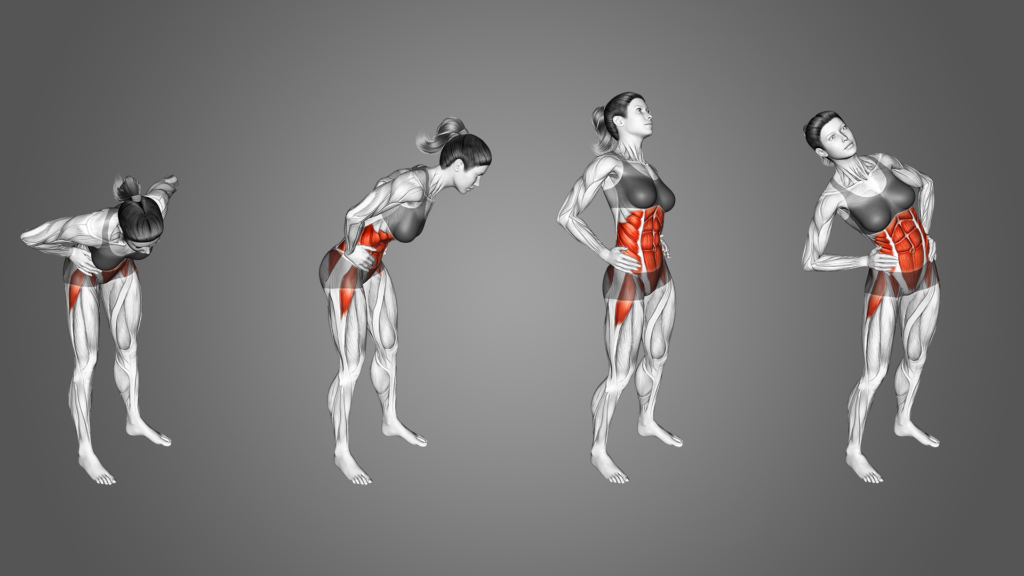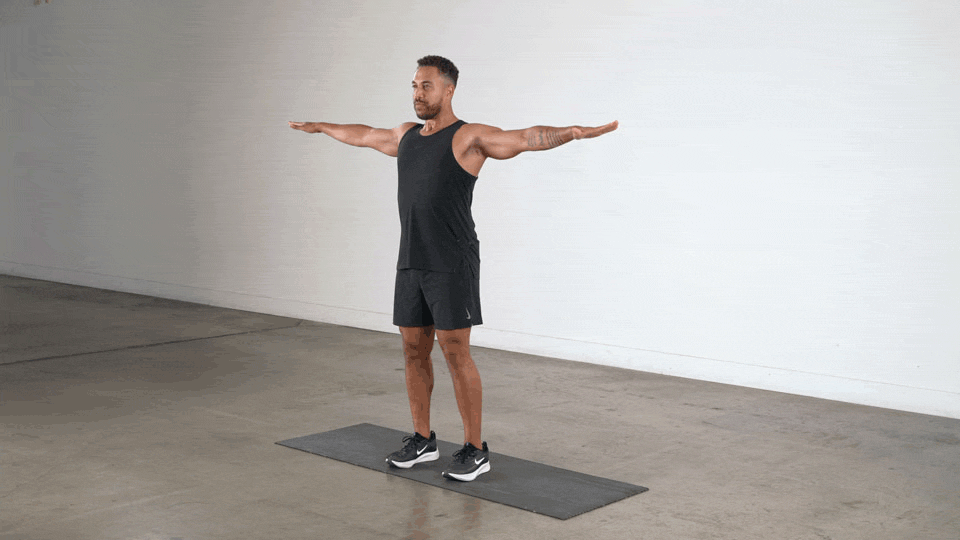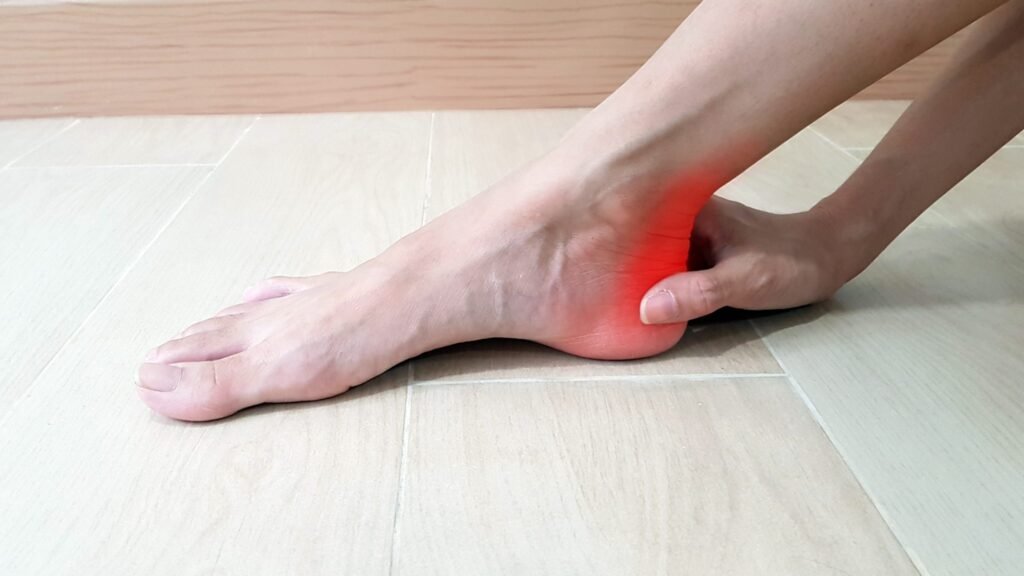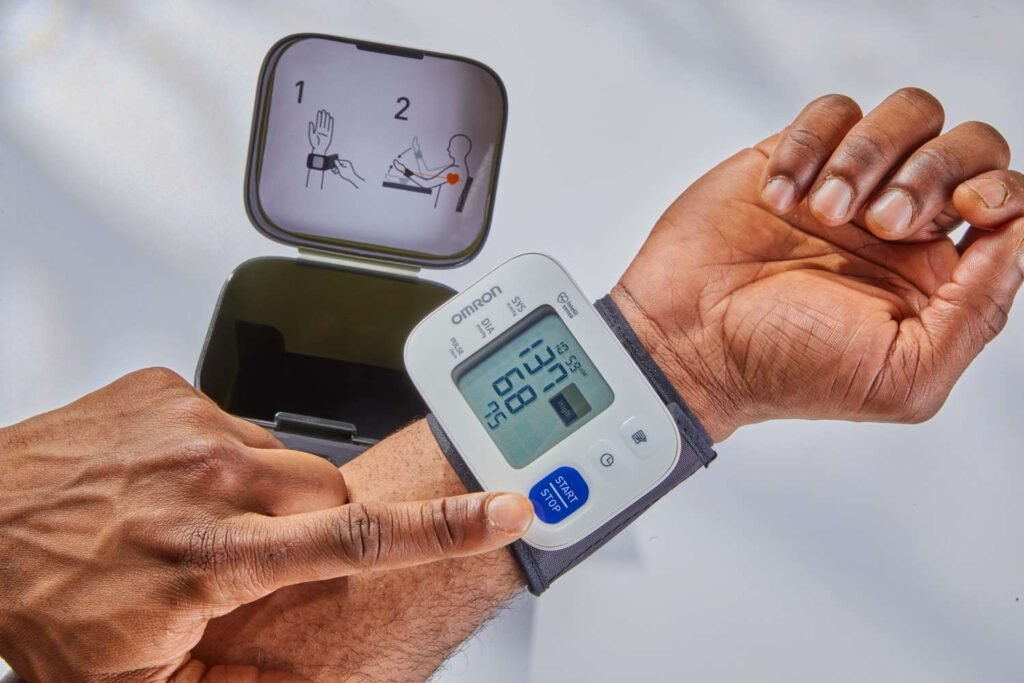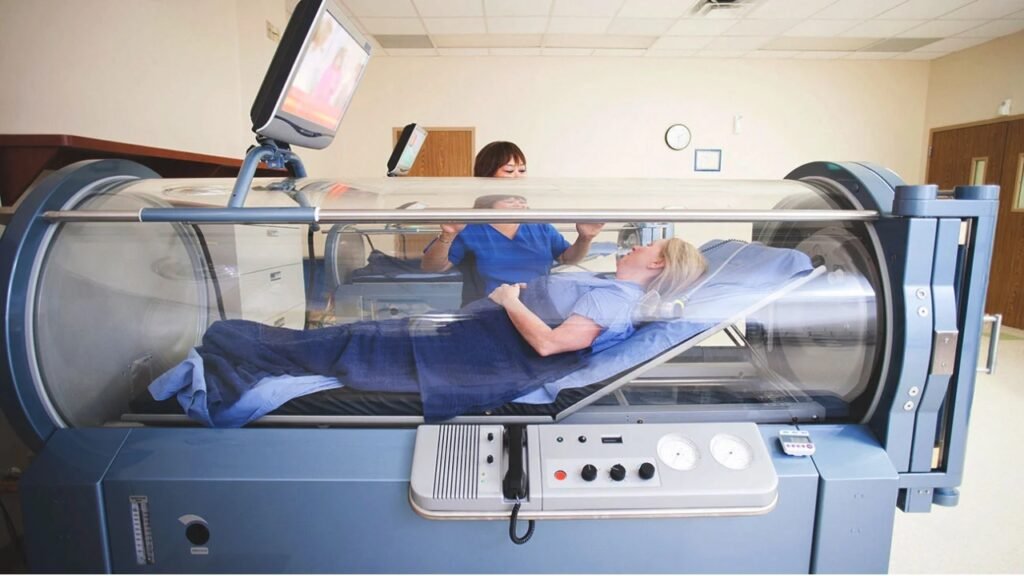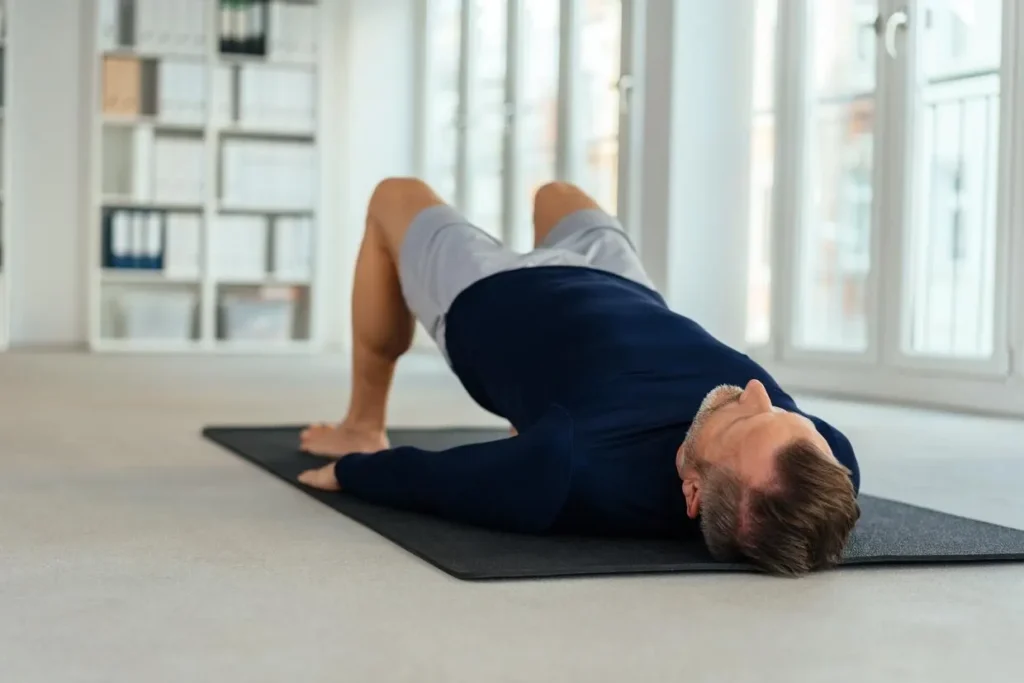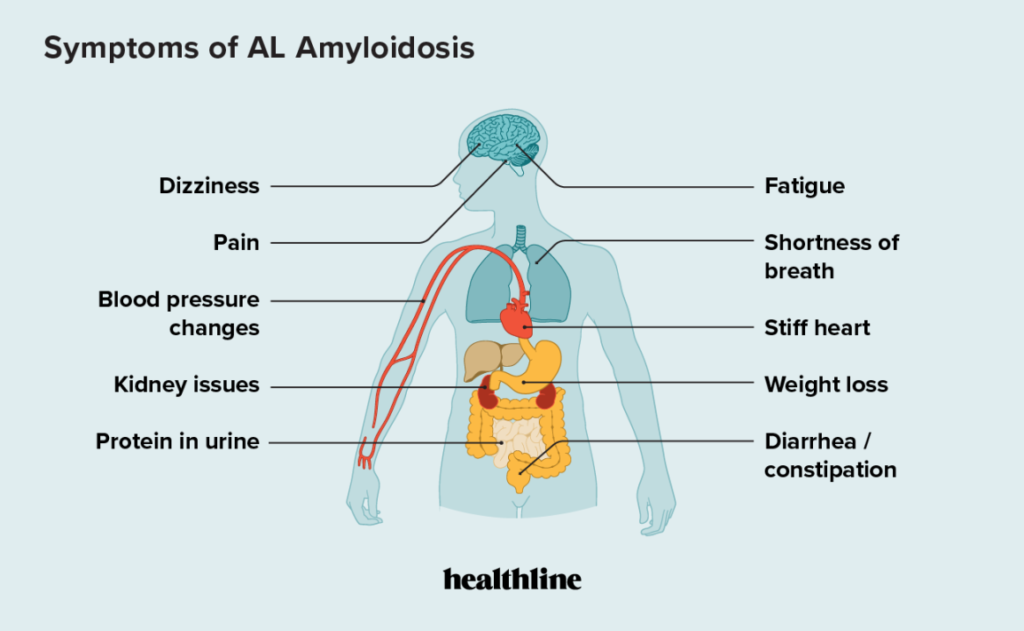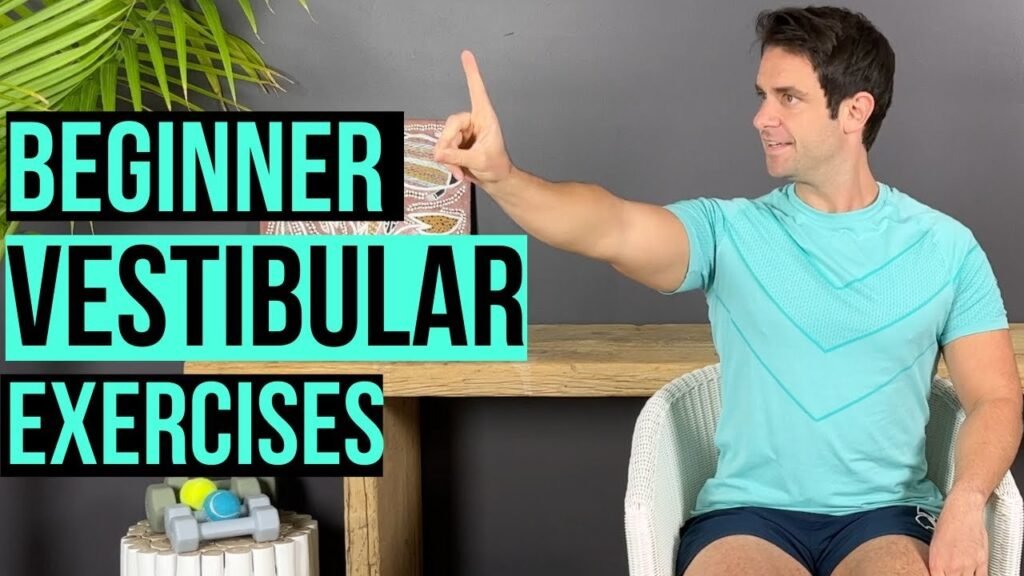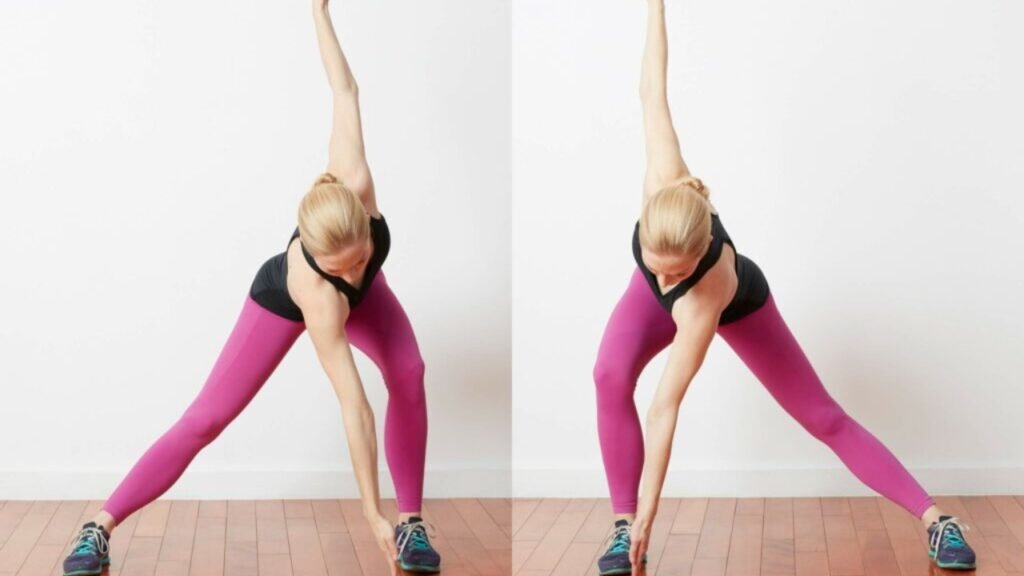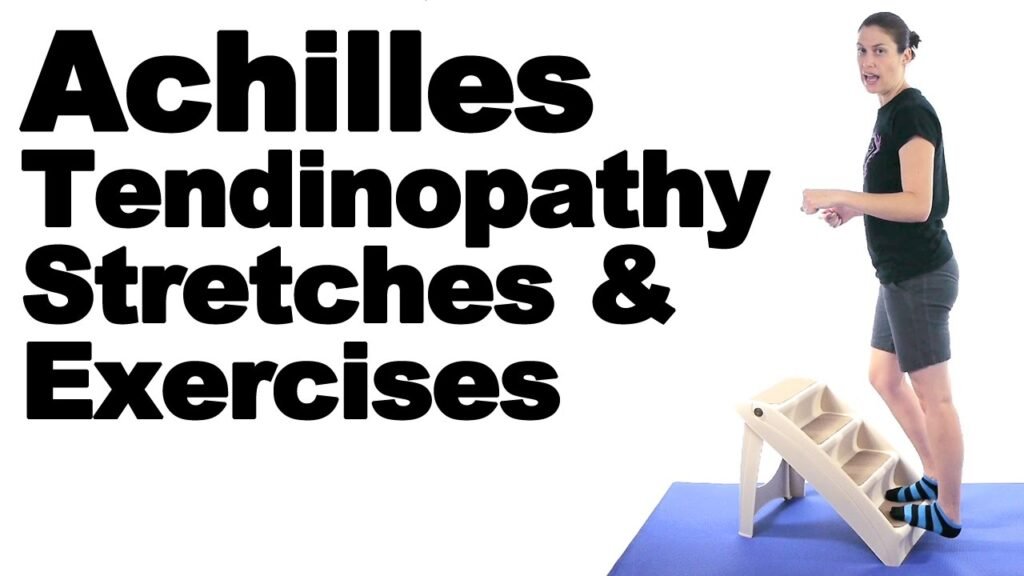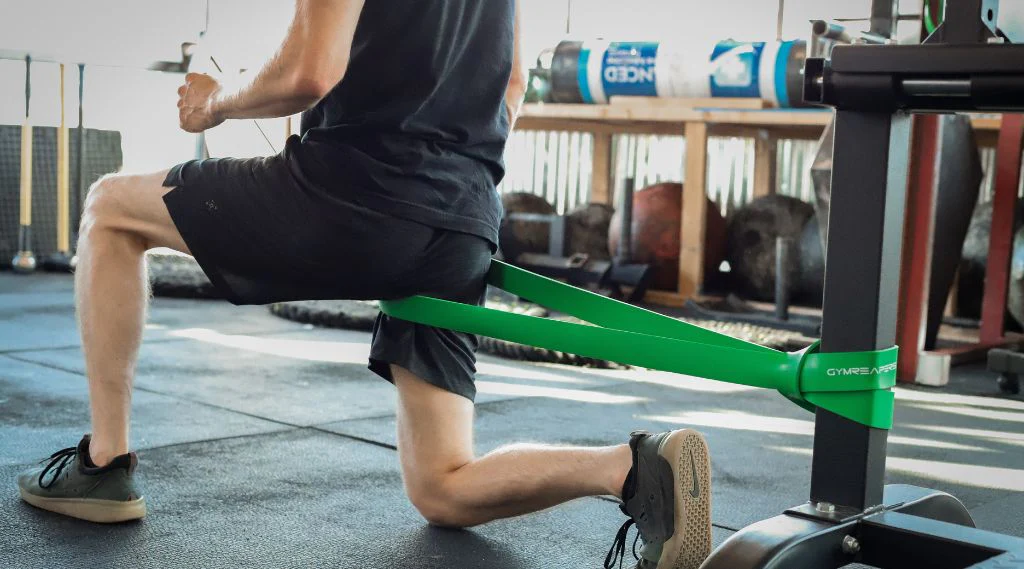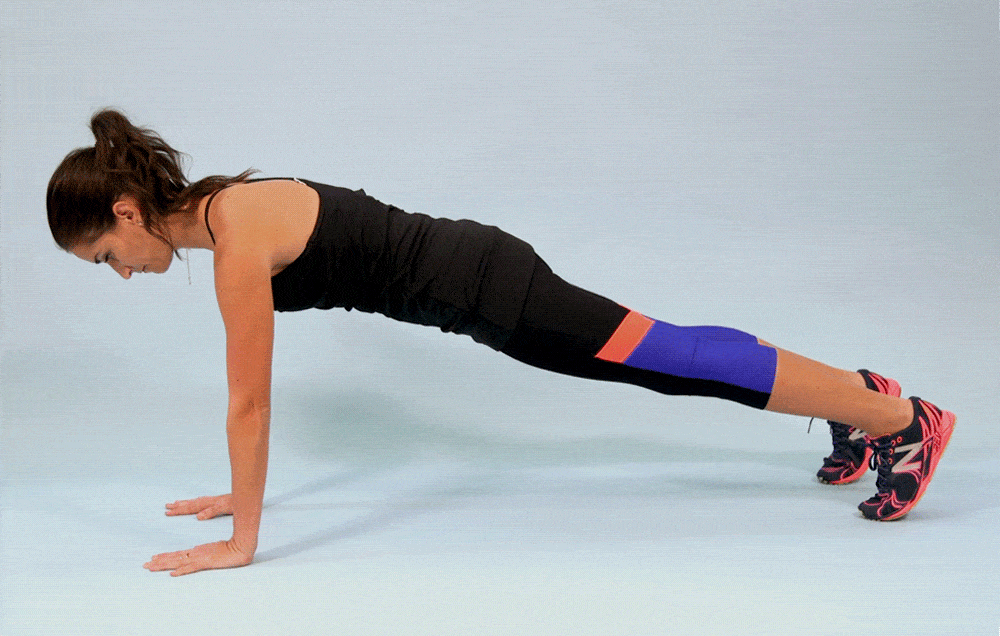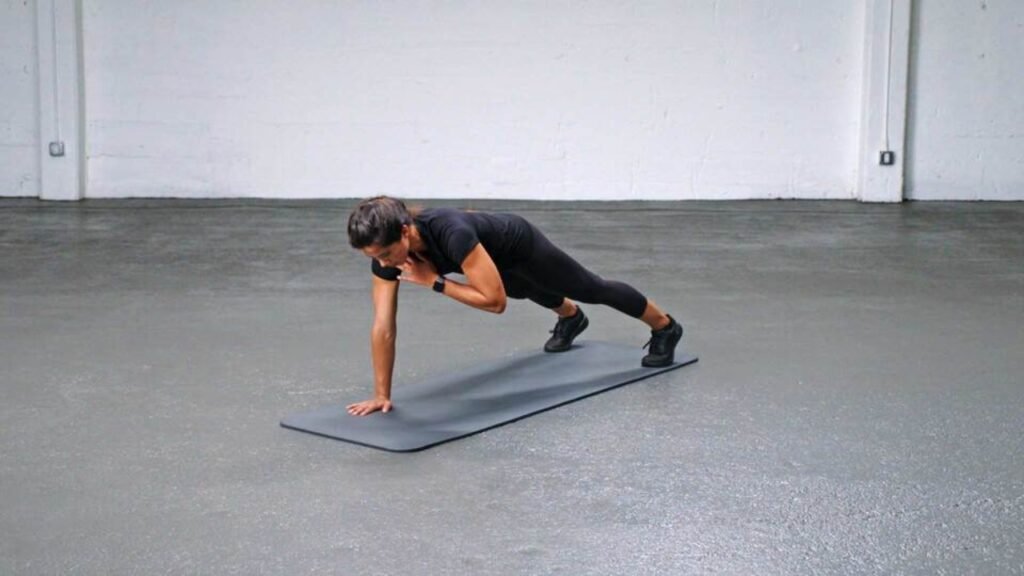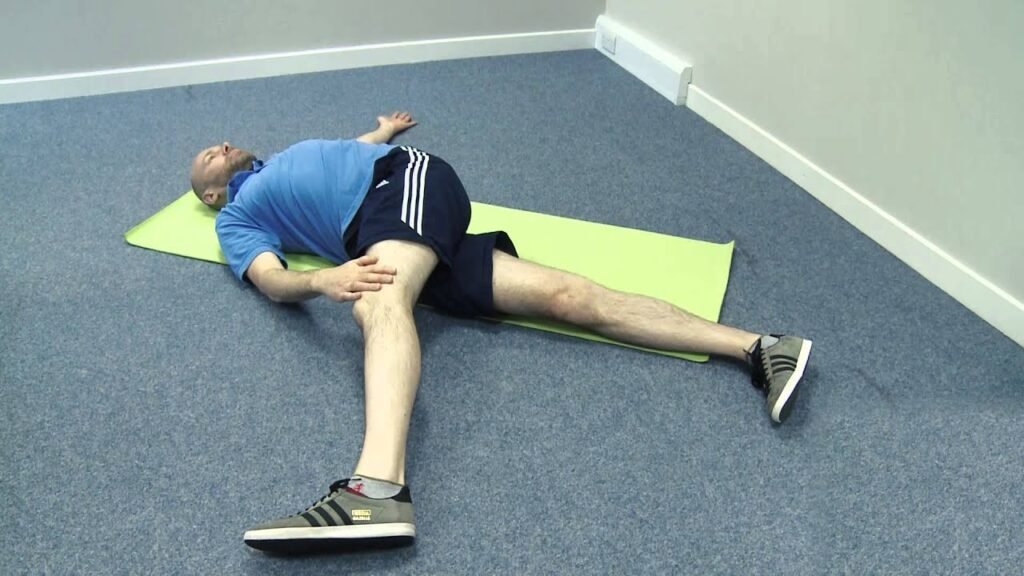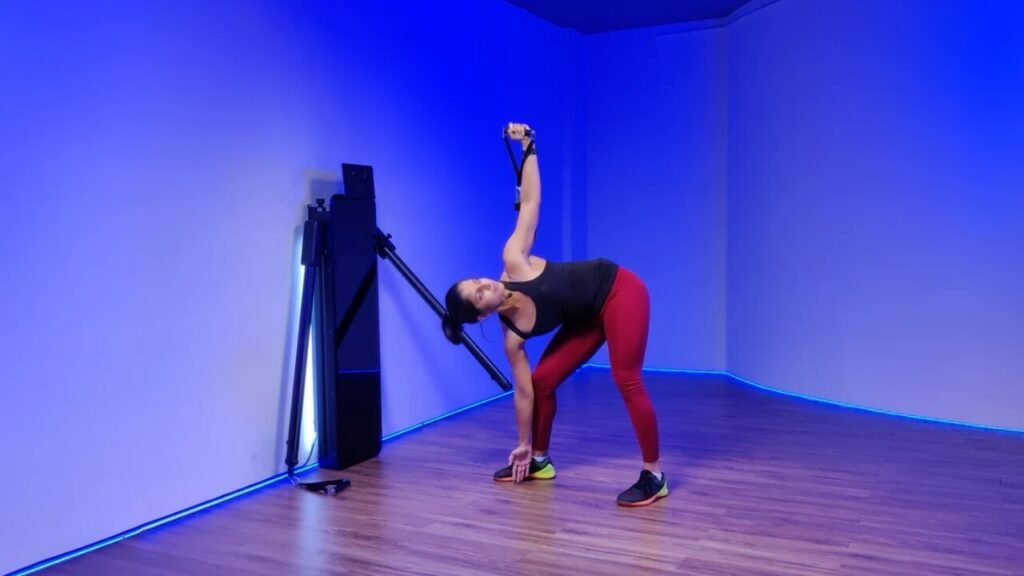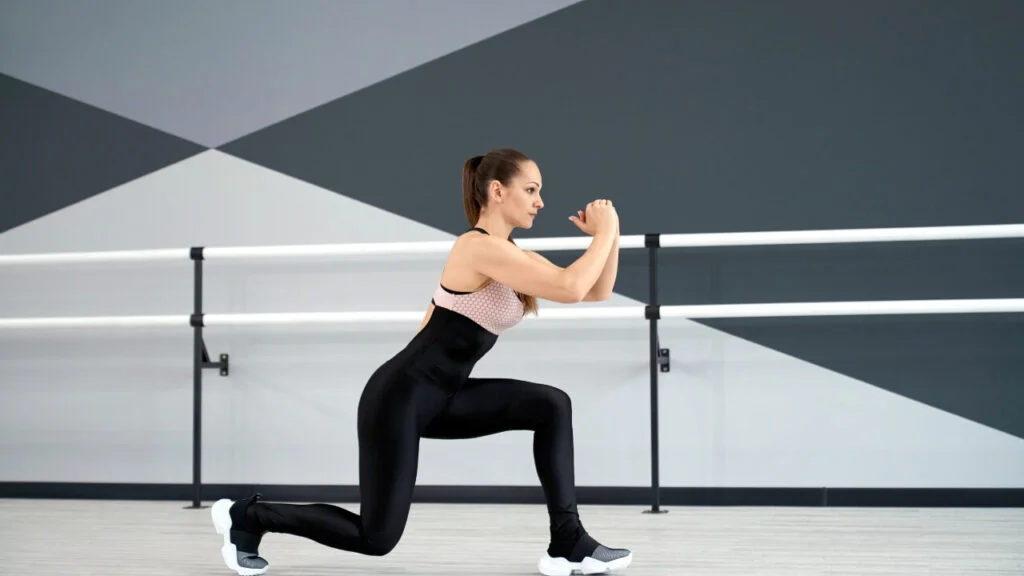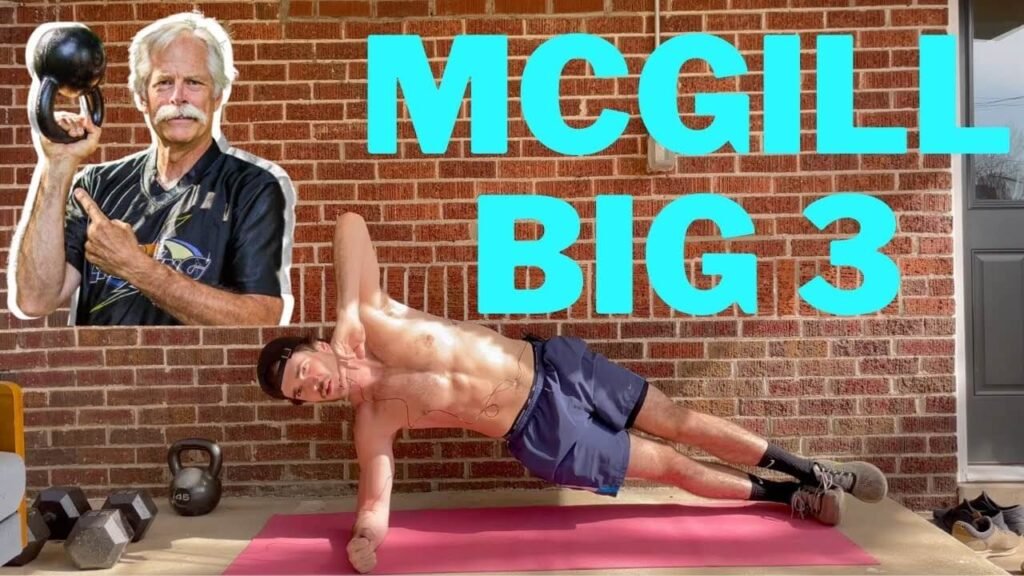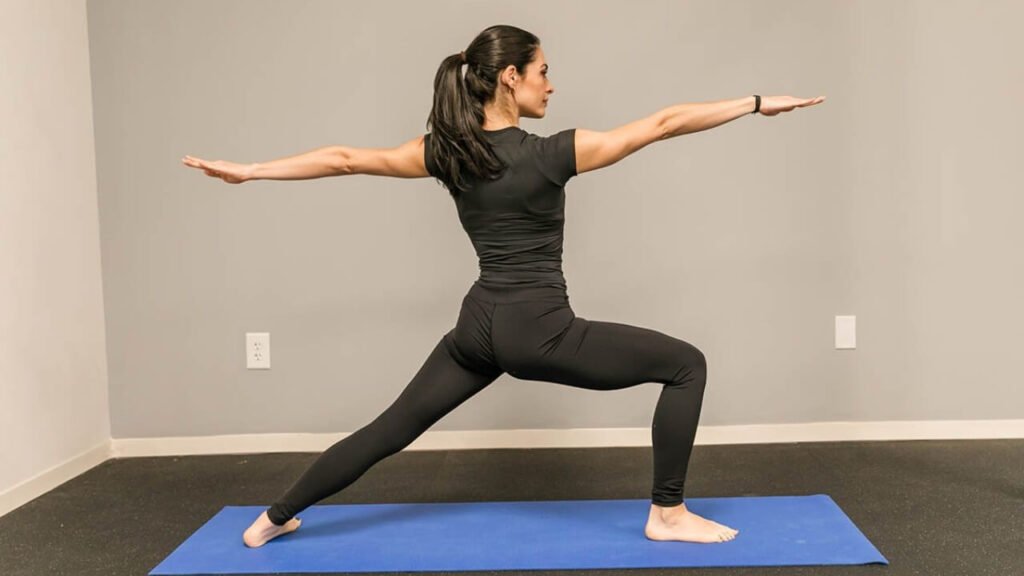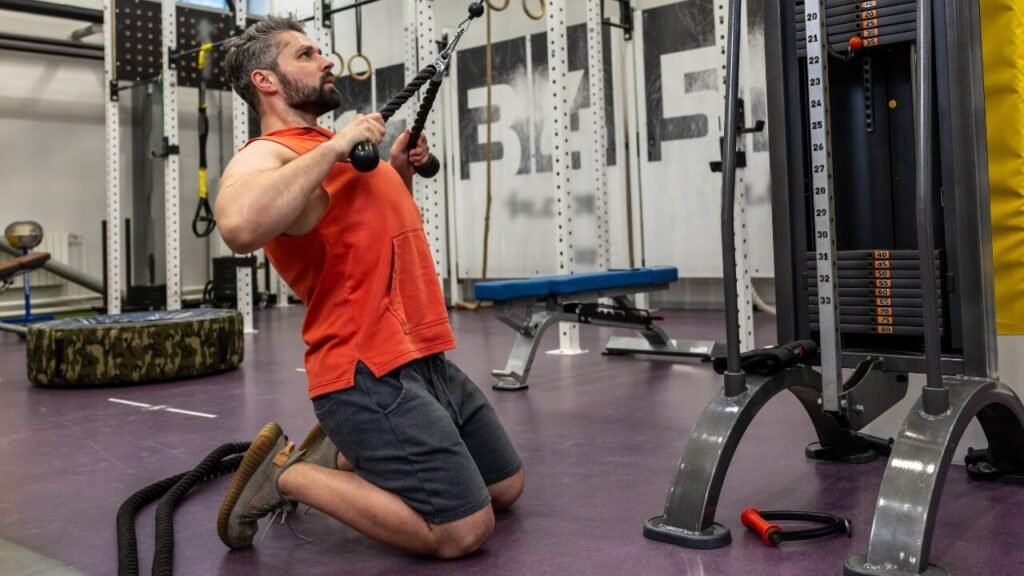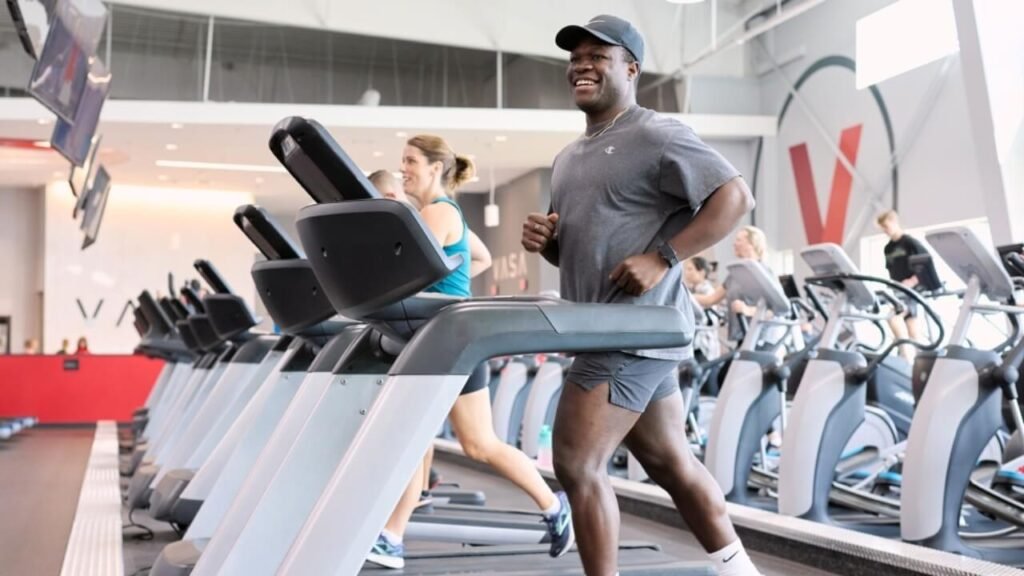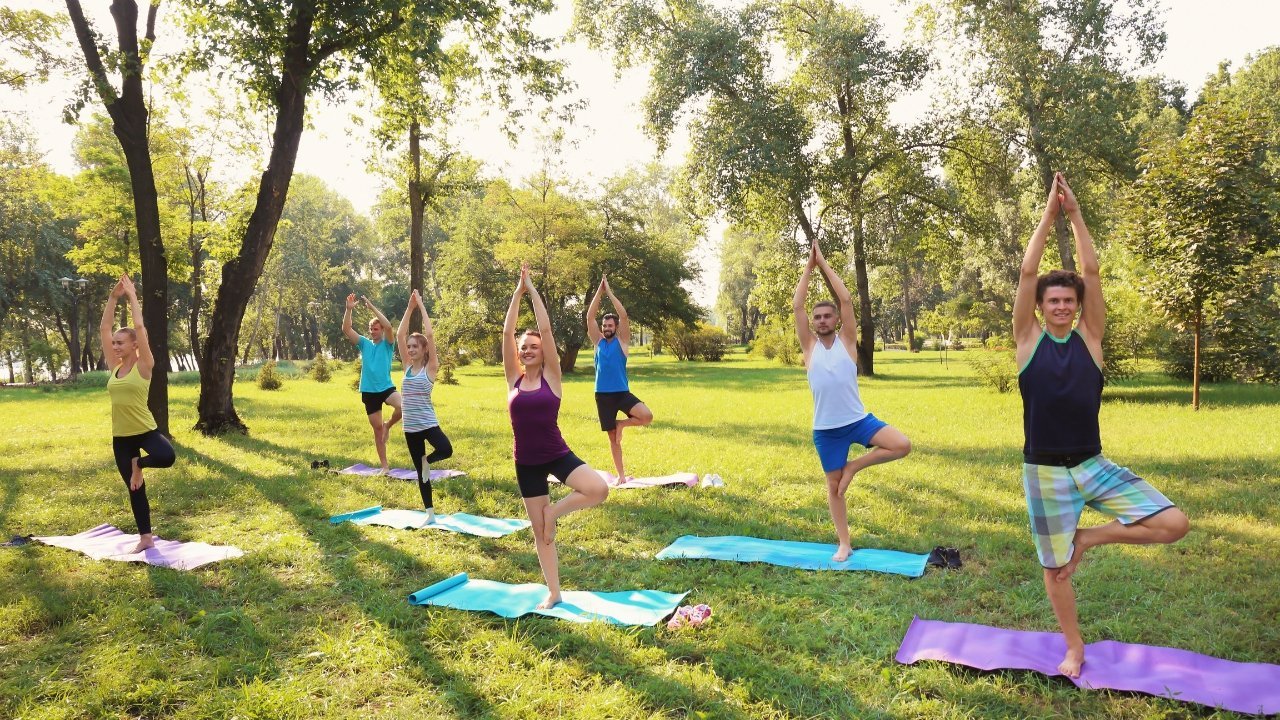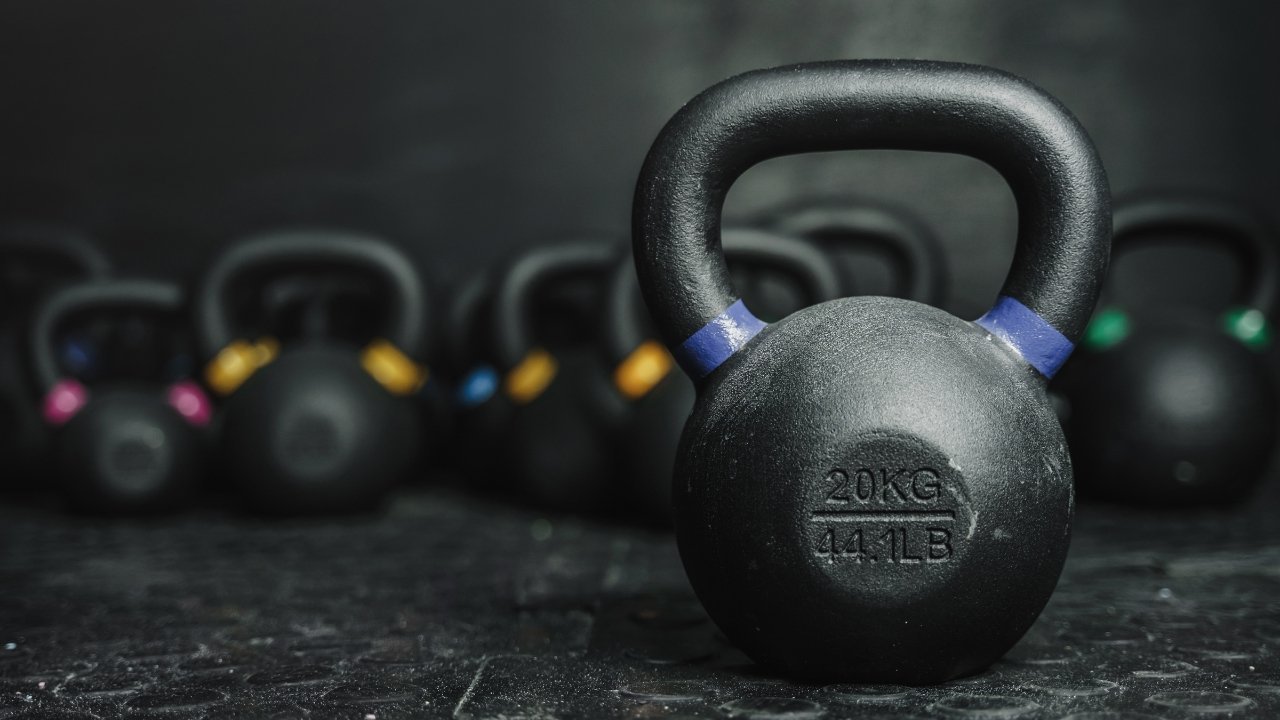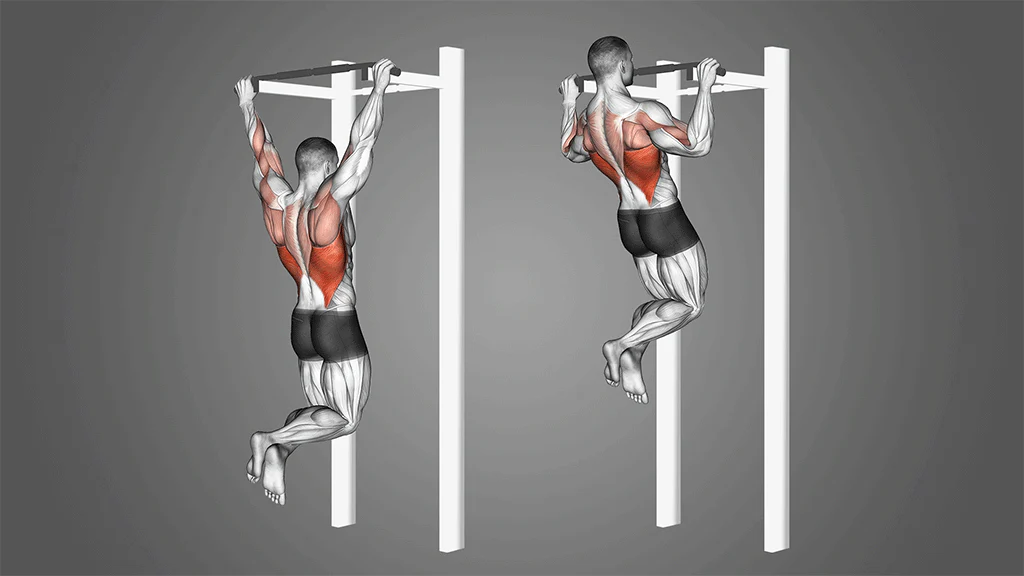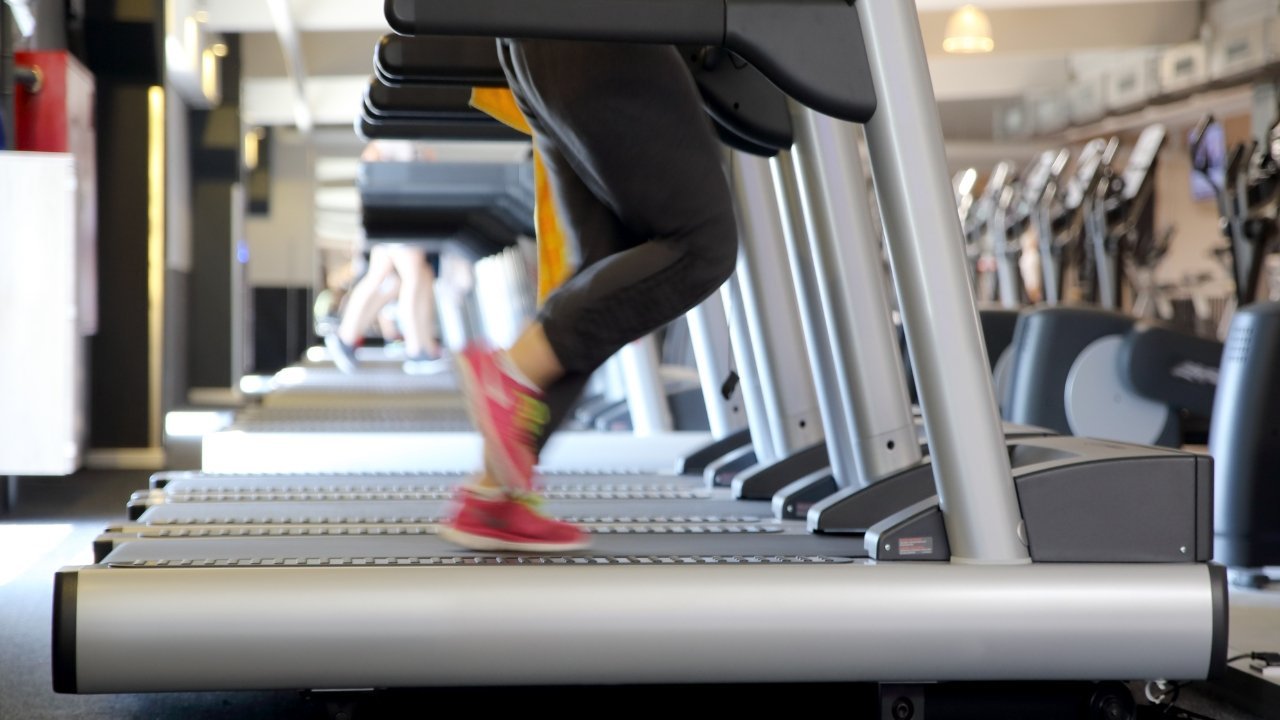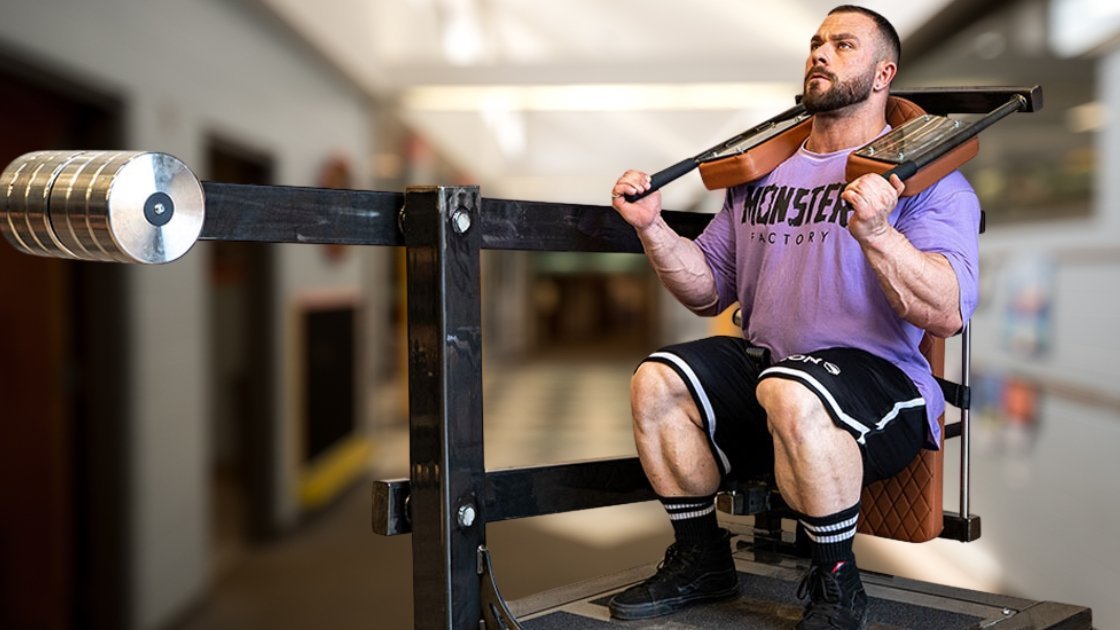The Ultimate Guide to Thoracic Mobility Exercises

Do you spend your days hunched over a computer, feeling stiff and achy in your upper back? Are you noticing it’s getting harder to see behind you in the car? If so, you’re probably experiencing confined thoracic mobility. Incorporating thoracic mobility exercises into your routine can be the key to unlocking a healthier, more flexible spine, improving posture, and alleviating pain. Let’s dive into how to enhance your spinal flexibility through exercises.
Understanding Thoracic Mobility Exercises and Why They Matter
The thoracic spine, the section of your spine spanning from the base of your neck to your mid-back, plays a crucial role in movement and stability. Comprised of twelve vertebrae, it connects to your ribs, forming the rib cage which protects vital organs. Unlike the more mobile cervical (neck) and lumbar (lower back) regions, the thoracic spine is designed for greater stability than extreme range of motion.
The Consequences of Limited Mobility
However, modern life often leads to reduced thoracic mobility. Prolonged sitting, poor posture, and repetitive movements can all contribute to stiffness and decreased flexibility. This immobility can, in turn, lead to a cascade of problems, including:
- Neck pain and headaches: When your thoracic spine is stiff, your neck has to compensate, leading to tension and discomfort.
- Shoulder pain: Restricted motion in the upper back can affect shoulder mechanics, potentially causing impingement or rotator cuff issues.
- Lower back pain: The entire spinal kinetic chain is linked. If the mid-back is stiff, the lower back must overcompensate, increasing the risk of pain and injury.
- Breathing problems: Limited thoracic mobility can restrict rib cage expansion, impacting breathing efficiency.
- Poor posture: A rounded upper back, or kyphosis, is a common result of decreased mobility, affecting appearance and overall well-being.
Therefore, improving your thoracic spine flexibility will have far-reaching benefits.
Decoding Thoracic Mobility Exercises: What Are They?
Thoracic mobility exercises are a specific set of movements designed to increase the range of motion in your upper and mid-back. They focus on improving the pliability of the muscles, ligaments, and joints within the thoracic spine, helping you regain lost motion and alleviate stiffness. They benefit improved spine health by encouraging the joints between your vertebrae and ribs to flow and move more freely.
These exercises typically involve a combination of movements, including:
- Thoracic extension: Bending backward to increase the arch in your upper back.
- Thoracic rotation: Twisting your upper body to improve side-to-side motion.
- Lateral flexion: Bending sideways to stretch the muscles along the sides of your spine.
- Scapular mobilization: Improving the movement of your shoulder blades, which directly impacts the mobility of your upper back.
The goal is to restore the natural range of motion, improving your posture, reducing pain, and enhancing overall functionality.
Effective Thoracic Mobility Exercises You Can Do At Home
Before starting any new exercise program, it’s essential to consult with your doctor or physical therapist, especially if you have any existing spinal conditions. Also, listen to your body and stop if you feel any sharp pain.
Now, let’s explore some effective thoracic mobility exercises you can incorporate into your routine:
1. Cat-Cow Stretch
- This gentle exercise improves spinal flexibility and coordination.
- Start on your hands and knees, with your hands directly under your shoulders and your knees directly under your hips.
- Inhale and arch your back, dropping your belly towards the floor and lifting your head and tailbone (cow pose).
- Exhale and round your back, tucking your chin to your chest and drawing your tailbone inwards (cat pose).
- Repeat for 10-15 repetitions, moving smoothly between the two poses.
2. Thoracic Extension Over a Foam Roller
- A foam roller can help increase extension and release tension in the upper back.
- Place a foam roller horizontally on the floor.
- Lie on your back with the roller positioned under your mid-back, just below your shoulder blades.
- Support your head with your hands and gently arch back over the roller, allowing your spine to extend.
- Hold for a few seconds, then slowly roll up and down the length of your thoracic spine, stopping at any particularly tight spots.
- Repeat for 1-2 minutes.
3. Open Book Stretch
- This exercise targets thoracic rotation and improves flexibility in the chest and shoulders.
- Lie on your side with your knees bent and stacked on top of each other. Extend your arms straight out in front of you, hands together.
- Keeping your lower body stable, slowly lift your top arm and rotate your upper body, opening up towards the ceiling like a book.
- Follow your hand with your eyes, keeping your neck relaxed.
- Hold the end position for a few seconds, then slowly return to the starting position.
- Repeat for 10-15 repetitions on each side.
4. Thread the Needle
- This exercise is another excellent option for improving thoracic rotation.
- Start on your hands and knees, with your hands directly under your shoulders and your knees directly under your hips.
- Extend your right arm towards the ceiling, opening up your chest to the right.
- Then, thread your right arm under your left arm, rotating your torso and lowering your right shoulder towards the ground.
- Hold the end position for a few seconds, then slowly return to the starting position.
- Repeat for 10-15 repetitions on each side.
5. Seated Thoracic Rotation
- You can do this exercise with a chair or by sitting cross-legged on the floor.
- Sit upright in a chair with your feet flat on the floor.
- Place your hands behind your head, elbows out to the sides.
- Gently twist your upper body to the right, keeping your lower body facing forward.
- Hold the end position for a few seconds, then slowly return to the center and repeat on the left side.
- Repeat for 10-15 repetitions on each side.
6. Scapular Squeezes
- Strengthening the muscles between your shoulder blades (rhomboids) can improve posture and support thoracic mobility.
- Sit or stand with good posture, shoulders relaxed.
- Gently squeeze your shoulder blades together, as though trying to pinch a pencil between them.
- Hold for a few seconds, then slowly release.
- Repeat for 15-20 repetitions.
7. Wall Slides
- A simple but effective exercise for improving posture and shoulder mobility.
- Stand with your back against a wall, feet about shoulder-width apart.
- Place your arms against the wall, elbows bent at 90 degrees and forearms parallel to the ground.
- Slowly slide your arms up the wall, keeping your elbows, forearms, and wrists in contact with the wall.
- Go as high as you can without lifting your lower back off the wall.
- Slowly slide your arms back down to the starting position.
- Repeat for 10-15 repetitions.
“Consistency is key when it comes to improving thoracic mobility,”
emphasizes Dr. Emily Carter, a leading physical therapist specializing in spinal health.
“Aim to incorporate these exercises into your routine several times per week for optimal results. But remember to always prioritize proper form and listen to your body.”
Integrating Thoracic Mobility Exercises into Your Daily Life
Incorporating these exercises into your daily routine doesn’t have to be a chore. Here are some tips for making them a sustainable habit:
- Start small: Begin with just a few exercises and gradually increase the amount and intensity as you get stronger and more flexible.
- Set realistic goals: Don’t try to do too much too soon. Aim for small, steady improvements over time.
- Find a routine that works for you: Whether it’s first thing in the morning, during your lunch break, or before bed, find a time that you can consistently commit to.
- Make it enjoyable: Put on some music, exercise with a friend, or find a scenic spot to make your routine more enjoyable.
- Listen to your body: Pay attention to any pain or discomfort and adjust your routine accordingly. Don’t push yourself too hard, especially when you’re first starting out.
- Use reminders: Set reminders on your phone or calendar to help you stay on track.
From Reddit threads, many users find that combining these exercises with mindful posture throughout the day offers more benefits in the long run.
The Long-Term Benefits of Improved Thoracic Mobility
Investing in your thoracic mobility is an investment in your overall health and well-being. The long-term benefits extend beyond just reducing pain and stiffness. Improved thoracic spine flexibility can lead to:
- Enhanced athletic performance: Increased range of motion can improve your ability to perform many athletic activities, from swimming and running to weightlifting and yoga.
- Better breathing mechanics: A flexible rib cage allows for fuller, deeper breaths, improving oxygen intake and reducing stress.
- Reduced risk of injury: Improved mobility and balance can help prevent injuries in the neck, shoulders, and lower back.
- Improved posture: Standing taller and with better alignment can increase confidence and reduce the strain on your joints and muscles.
- Increased energy levels: Reduced pain and improved breathing can lead to increased energy levels and overall vitality.
Therefore, taking the time to prioritize your thoracic mobility will have a profound impact on your quality of life.
Addressing Common Concerns and Myths
There are many common misconceptions about spinal health. So, it’s important to address some of the common concerns and myths surrounding thoracic mobility exercises:
- Myth: Spinal stiffness is just a natural part of aging. While age can contribute to decreased mobility, it is not inevitable. With regular exercise and proper posture, you can maintain a healthy range of motion throughout your life.
- Myth: If I have back pain, I should avoid exercise. In many cases, gentle exercise can actually help alleviate back pain by improving mobility, strengthening supporting muscles, and reducing inflammation. However, it’s important to talk with a healthcare professional to determine the appropriate exercises for your specific situation.
- Myth: I can fix my posture overnight. Improving posture is a slow process that requires consistent effort and attention. It takes time to retrain your muscles and break old habits. Be patient with yourself and celebrate small victories along the way.
- Concern: I’m afraid I’ll hurt myself doing these exercises. When done correctly and with appropriate modifications, thoracic mobility exercises are generally safe. Start slowly, listen to your body, and avoid pushing yourself beyond your limits. If you have any concerns, consult with a physical therapist or other qualified healthcare professional.
- Concern: I don’t have time for these exercises. Even a few minutes of exercise each day can make a difference. Try incorporating these exercises into your daily routine, such as during your lunch break or before bed.
Conclusion: Take Control of Your Thoracic Health
Your thoracic spine plays a vital role in your overall health and well-being. By incorporating thoracic mobility exercises into your routine, you can unlock a healthier, more flexible spine, improve posture, alleviate pain, and enhance your quality of life. Remember to start slowly, listen to your body, and be consistent with your efforts. Your upper back will thank you. Take proactive measures by improving your flexibility through doing thoracic mobility exercises to improve posture and prevent injuries. In order to have a better overall health, thoracic mobility exercises need to be incorporated into the daily exercises.
Unlock Upper Body Strength: Mastering the Seated Barbell Press


